65 Types of Photography to Inspire
65 Photography Styles to Inspire
Upload a photo and create artwork delivered to your door in about 5 business days.
Adventure Photography
For passionate explorers, adventure photography allows you to get to the forefront of capturing the action. Whether photographing snowboarders in the mountains, skydivers mid-jump, or rock climbers reaching toward the summit it’s important to remember that this style of photography requires a lot of pre-planning before your adventure. Depending on your location and subject, you will need to make double checked list of your camera and survival equipment. Preparation is key!

Additional Resources
The Complete Guide to Adventure PhotographyAerial Photography
"Aerial photography is captured while on a chartered plane or helicopter flight and requires not only safety equipment during the flight, but knowledge of what you’re shooting and a sense of timing. One of Chicago’s top aerial photographers, Nick Ulivieri, says that planning is key. “If a client is asking me photograph their building, there's no doubt they want it shown in the best light possible - literally and figuratively. It's imperative I identify the time of day with the most favorable sun angle to ensure the property looks its best, while also working fast to keep costs low.”
Nick also recommends increasing your camera’s shutter speed and shooting with a zoom lens, “I always recommend the 24-70. It's wide enough to fit in sweeping cityscapes, but also gives you just enough zoom to focus on interesting architecture."
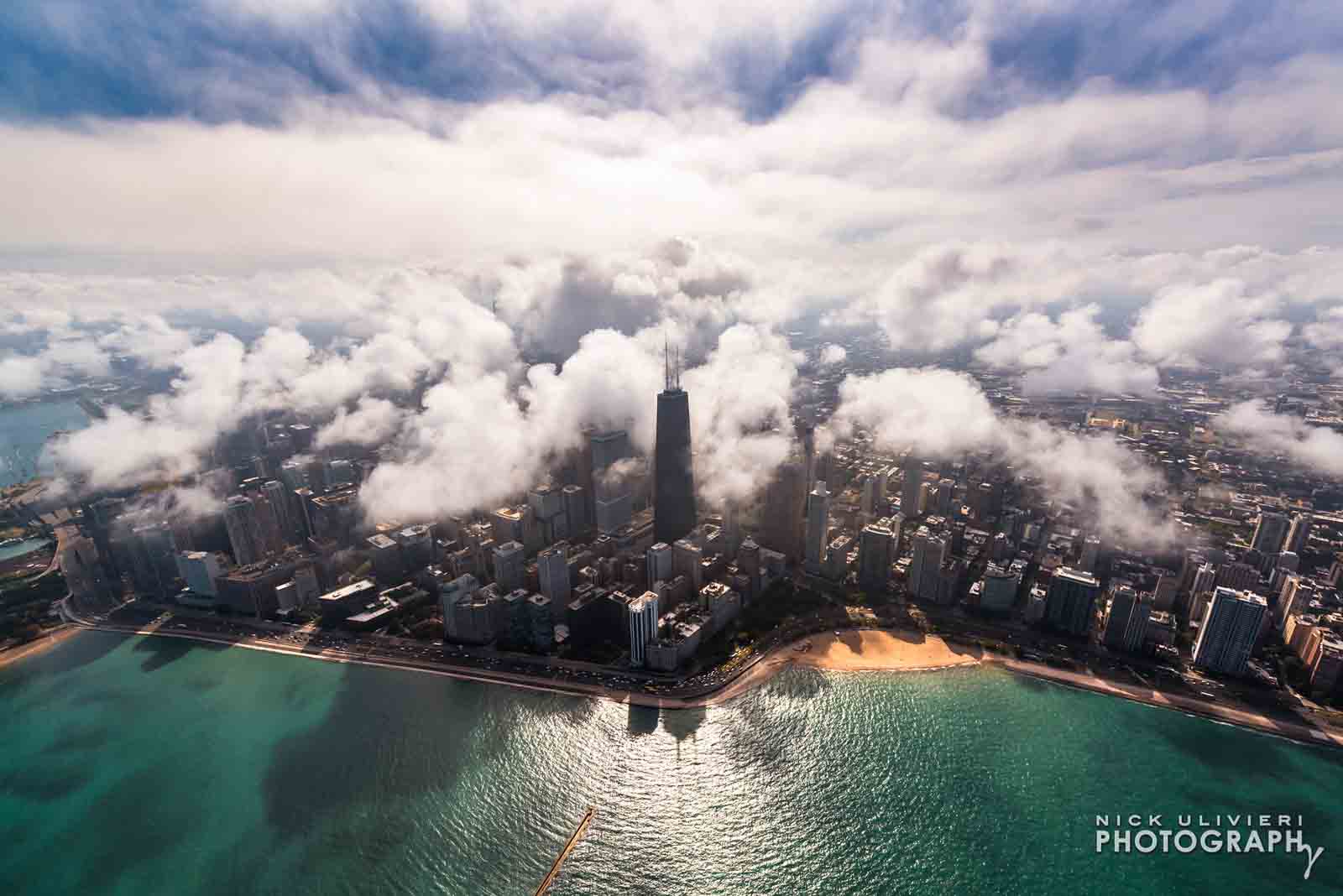
Additional Resources
Aerial Photography: Tips for Your First Flying ExperienceAdvertising Photography
Shooting photos for advertisements is an involved process that requires a lot of love for your craft, as well as a significant ability to collaborate and organize. Beside doing the actual work of shooting, you have to be aware of the client’s needs and your audience’s perception. It is required that you prepare for the shoot by having a shotlist planned and to make sure the shared vision of the team of set designers, hair and make-up artists, prop masters, and producers is communicated in your final photos. Chicago photographer Saverio Truglia talks about shooting for both the client and their audience, “When delivering for a brand, you have to see the world for the audience. Sometimes you have to paint with a big brush to get the viewer to identify with some of it. You need to elicit the response that is needed for the product.”

Additional Resources
Top 10 Best Commercial & Advertising Photographers in the WorldArchitectural Photography
Do you love sweeping photos of skyscrapers and nuanced pictures of architectural details? Then get your telephoto and wide angle lenses ready! Carrying flexible equipment that allows you to get both broad and detailed photos will assure you learn how to best capture a range of architectural photos.
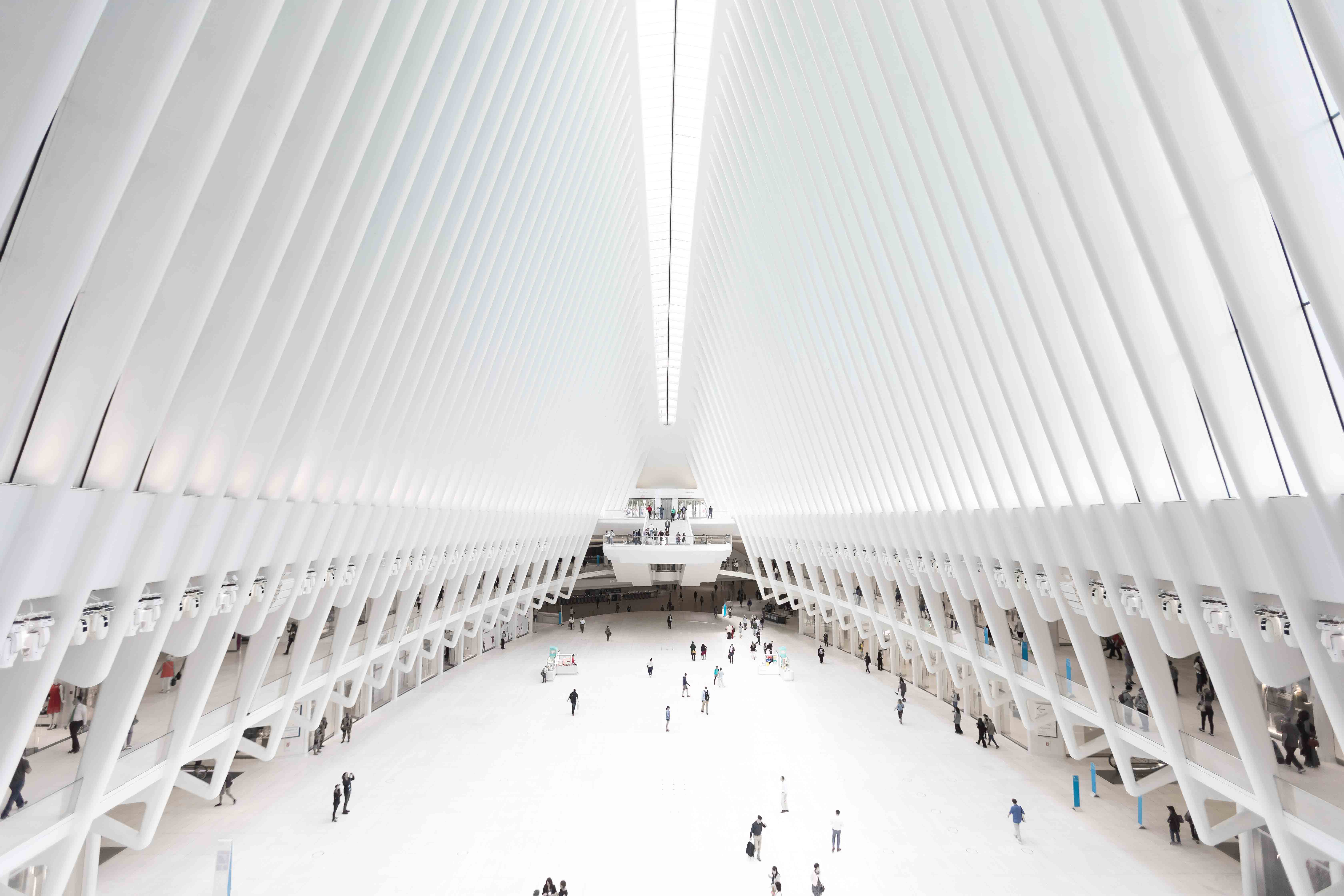
Additional Resources
10 Architectural Photography Tips To Get The Ultimate ShotAstro Photography
Instead of shooting for the stars, why not photograph them? Using time lapse or long exposure settings on your DSLR, you can capture heavenly events like comets, asteroids, or arms of the galaxy. Practice with exposure, shutter speed, and manual focus to capture details. Keep in mind that what you choose to shoot will influence which lenses you need.
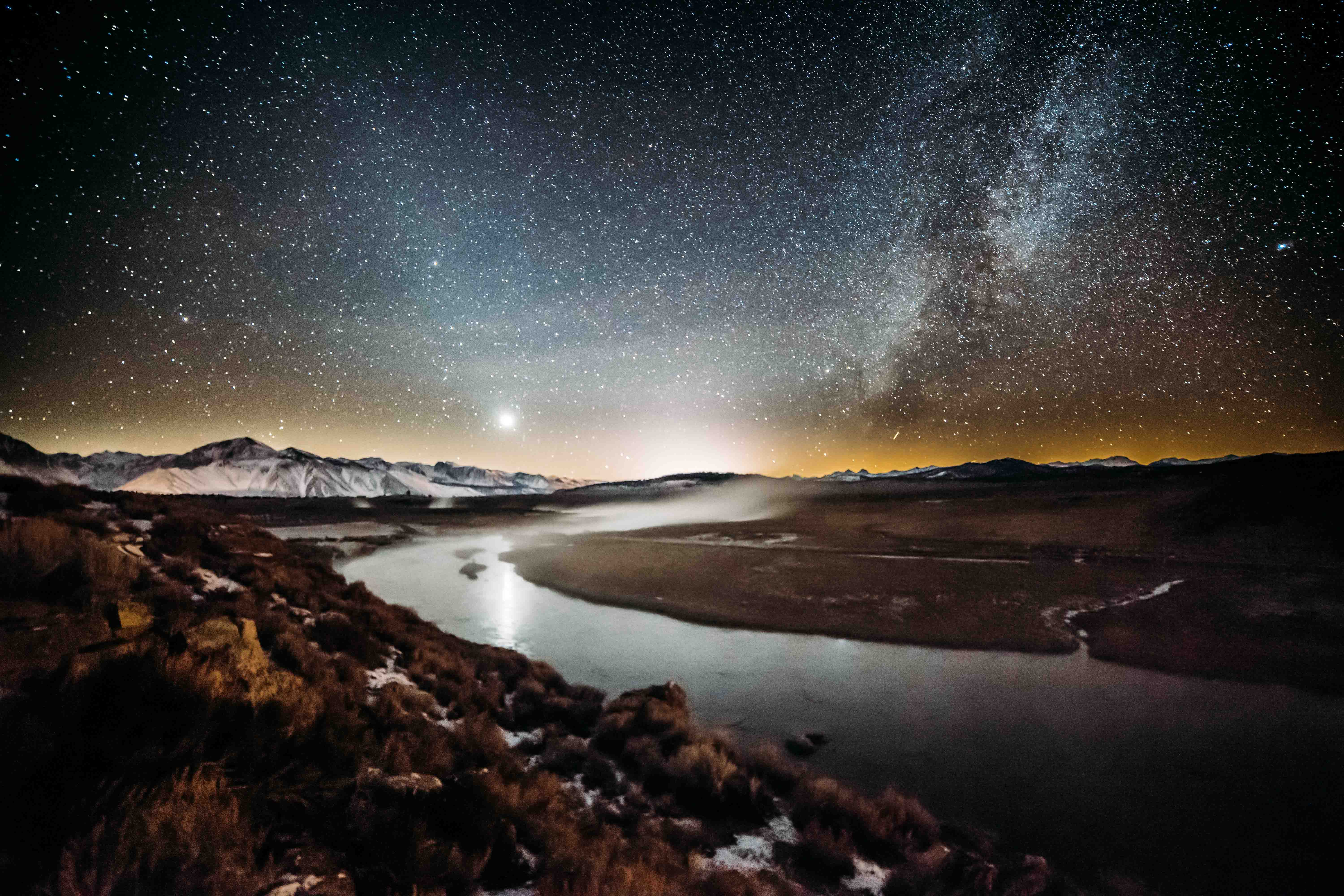
Baby Photography
Baby photography falls under the general style of portrait photography with the specificity of the subject accounting for some small technical changes to how you shoot. Patience and a sense of humor are a must, as kids will be tuned to your mood while shooting. A natural lighting set-up is often suggested and you should keep your shots rolling to capture any potential gems.

Additional Resources
20 Baby Photography Tips for BeginnersBird Photography
The challenge in capturing birds lies in humanzing them by making their eyes visible and catching them in mid-flight. Bill Gogo, acclaimed avian photographer, describes bird photography as a game of patience. “During the middle of the year, it’s a sit and wait situation, so it takes a lot of patience.”
And in case you’re wondering what a professional brings to photograph birds, his tools of choice in the field include his two Nikon bodies, 90-400mm zoom lens, 500mm fixed lens, and a tripod.

Additional Resources
10 Incredible Bird Photography Tips for BeginnersBlack & White Photography
Black and white photography displays the absence of color in a photo, usually including a gray scale scheme. A photographer shooting black and white photos can use contrast, texture, shape, and shadow to create interest within the image. This can be accomplished by playing with the shutter speed and exposure on your camera as well as adding or subtracting light on the subject.

Additional Resources
Five Vital Black & White Photography TipsCandid Photography
To capture the world in an honest light, you should make sure to always have a camera available. Avoid using flash or filters while capturing your subject. Try to capture people interacting naturally with each other and avoid poses to maintain an in the moment feel.
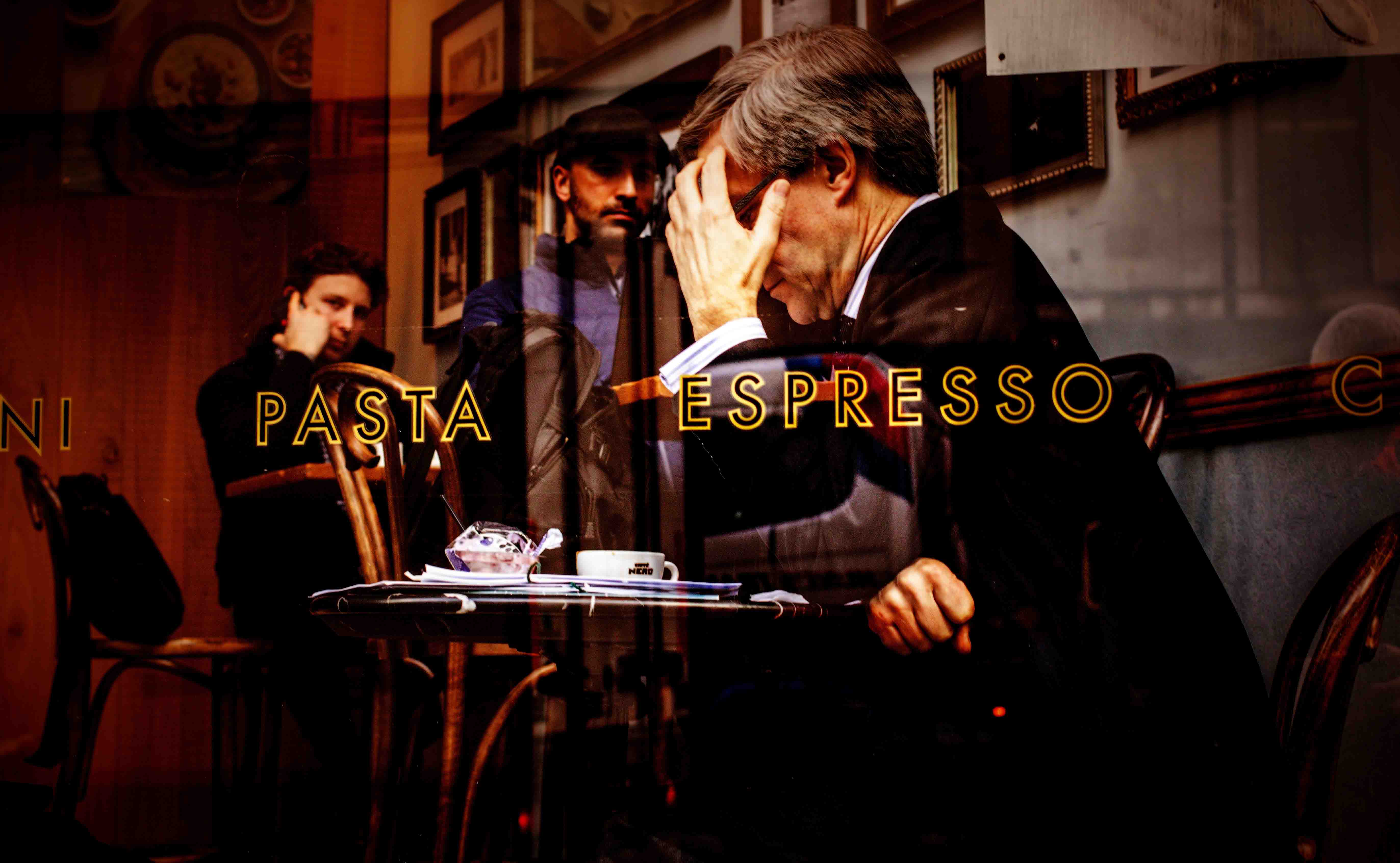
Additional Resources
9 Smart Tips for Taking Great Candid Photographs You’ll LoveCandlelight Photography
This simple and lovely technique can bring a lot of warmth to your photos. In order to shoot with candlelight, you will need to start with what seems like an excessive number of candles and reflectors. In terms of settings, you’ll need to choose equipment that allows for a faster shutter speed and lower exposure. Since your light source will be dim compared to most lighting, keep the camera stationary using a tripod or flat surface.
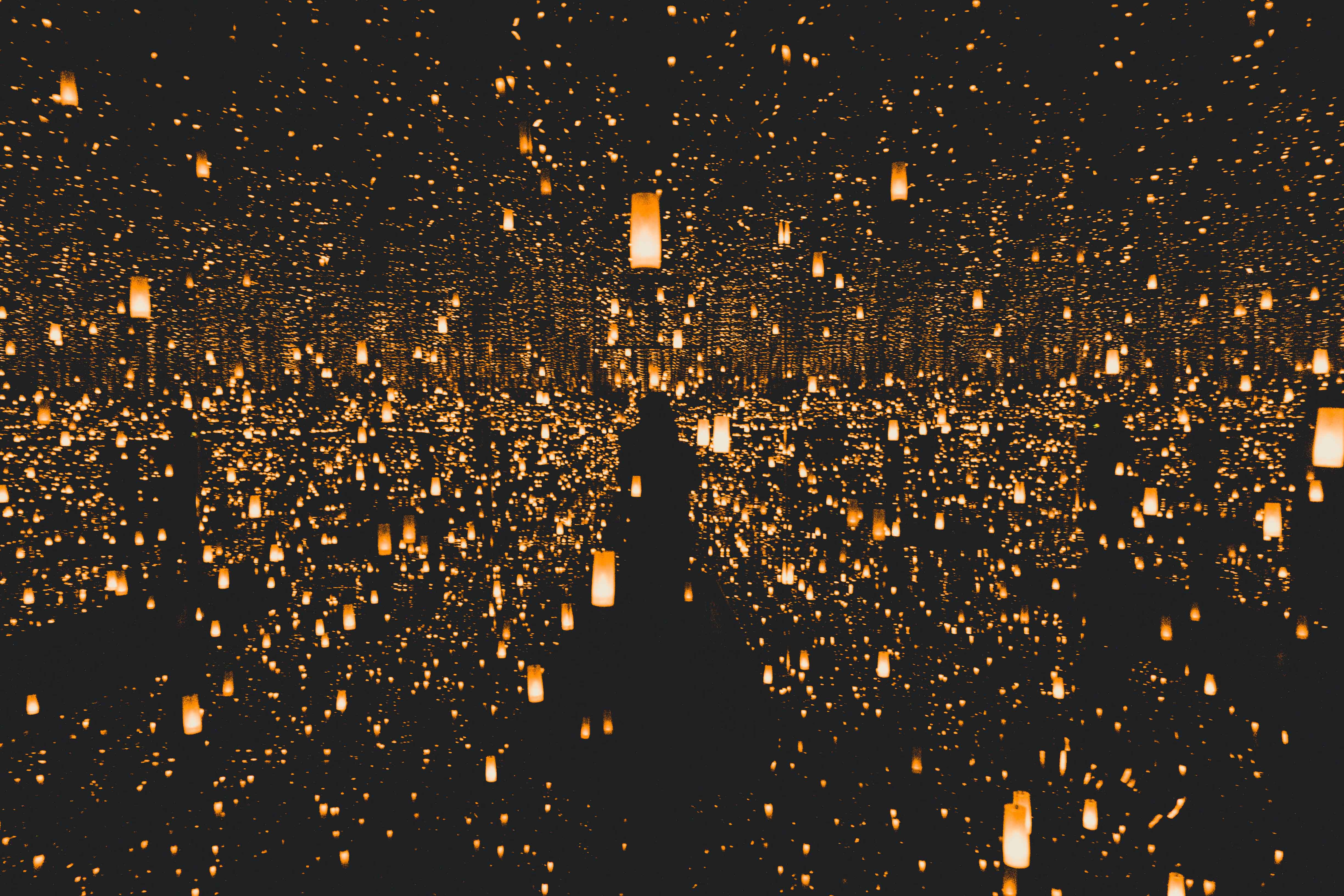
Additional Resources
15 Tips for Great Candlelight PhotographyConceptual Photography
Conceptual photographs tell a story, though often in an unconventional way. By presenting an idea as a physicalized metaphor the photographer communicates a complete story. The meaning of the photo is usually open for interpretation, but it is the job of the photographer to place intention behind the content to help the viewer understand. Much of Saverio Truglia’s portfolio includes heavily conceptual work. “Conceptual photography is about ideas, less so about people or portraits. It’s representation of a larger theme or idea. I like to put in things that are open for interpretation and that asks questions.”
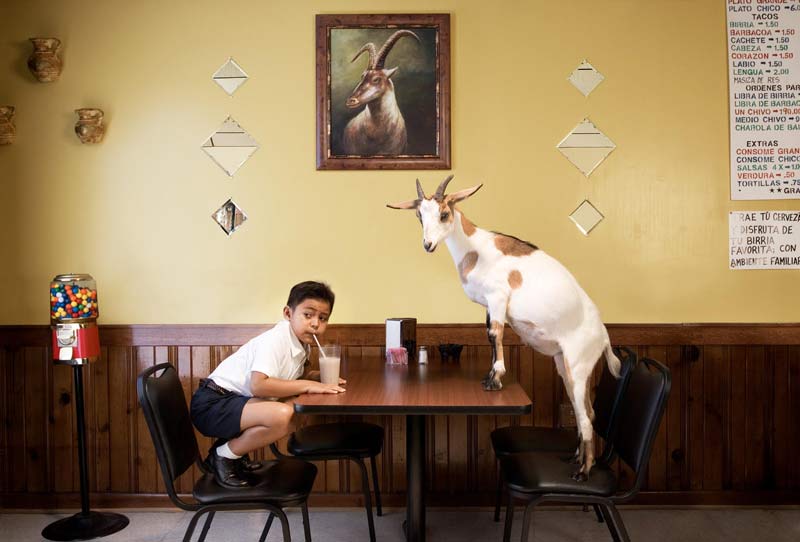
Additional Resources
Conceptual Photography Ideas That Will Amaze YouConcert Photography
When capturing photos of rock stars doing what they do best, there are a lot of elements in play you need to consider to stage an amazing photo. You have to take into account the quality of the lighting set-up in the concert venue and the time of day and location (indoor versus outdoors). These factors will help qualify your lens and shutter speed. Don’t forget to factor in the band as well. Event and concert photographer Alex Morgan advises on capturing concerts in action, “First and foremost, the most important thing about photographing a concert is what level of access the photographer has at the event that they are covering. Limited access can and will limit your ability as a photographer to get a “key” shot that sums up the entire event. I always make sure that I have access to the entire set with a reasonable amount of stage access that isn’t distracting to the band or the performance in general.”

Additional Resources
11 Tips to Electrify Your Concert Photography (With Bonus Backstage Info)Documentary Photography
Documentary photography tells the story of the subject or situation captured. The subject is supposed to be captured in the moment, naturally, and shows of details of the scene or the subject’s personality. These are often comparable with photojournalism shots because both styles candidly show moments in history.
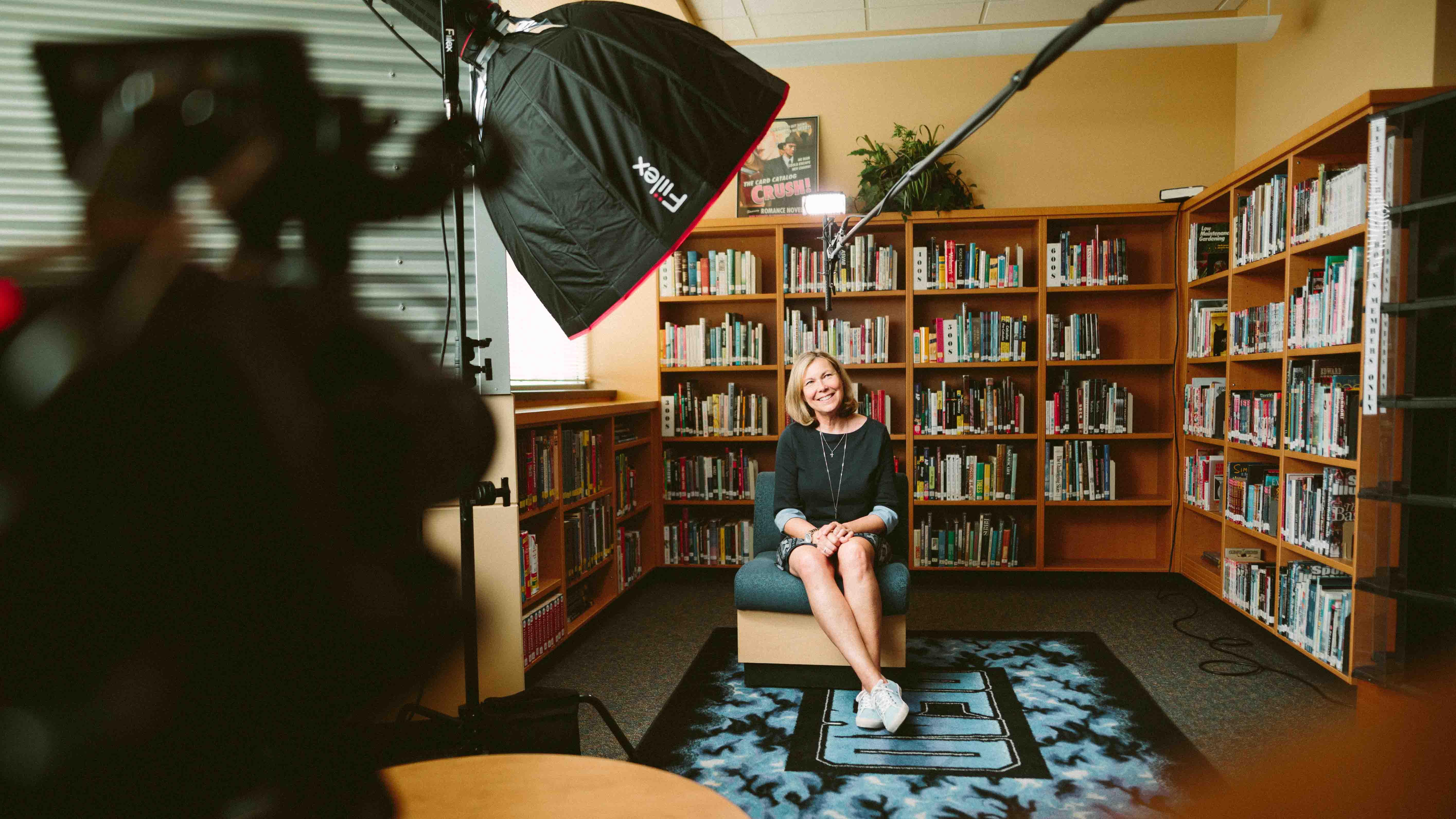
Additional Resources
How to Improve Your Documentary PhotographyDrone Photography
“Creating a drone photograph requires more forethought than creating a photograph with a traditional camera.” Drone photography expert Christopher Morrison expresses that there is a higher level of preparation and practice required when photographing mid drone flight. “Before a drone shoot I make sure to check the airspace, the weather, do location scouting with google maps, prep all my gear, and set up a pre-flight checklist and shot list. You have to be more aware of the environment and of other people.” For those wanting to shoot photography with drones he further advises practicing with an inexpensive drone and meeting up with others in the drone community to learn from their experience
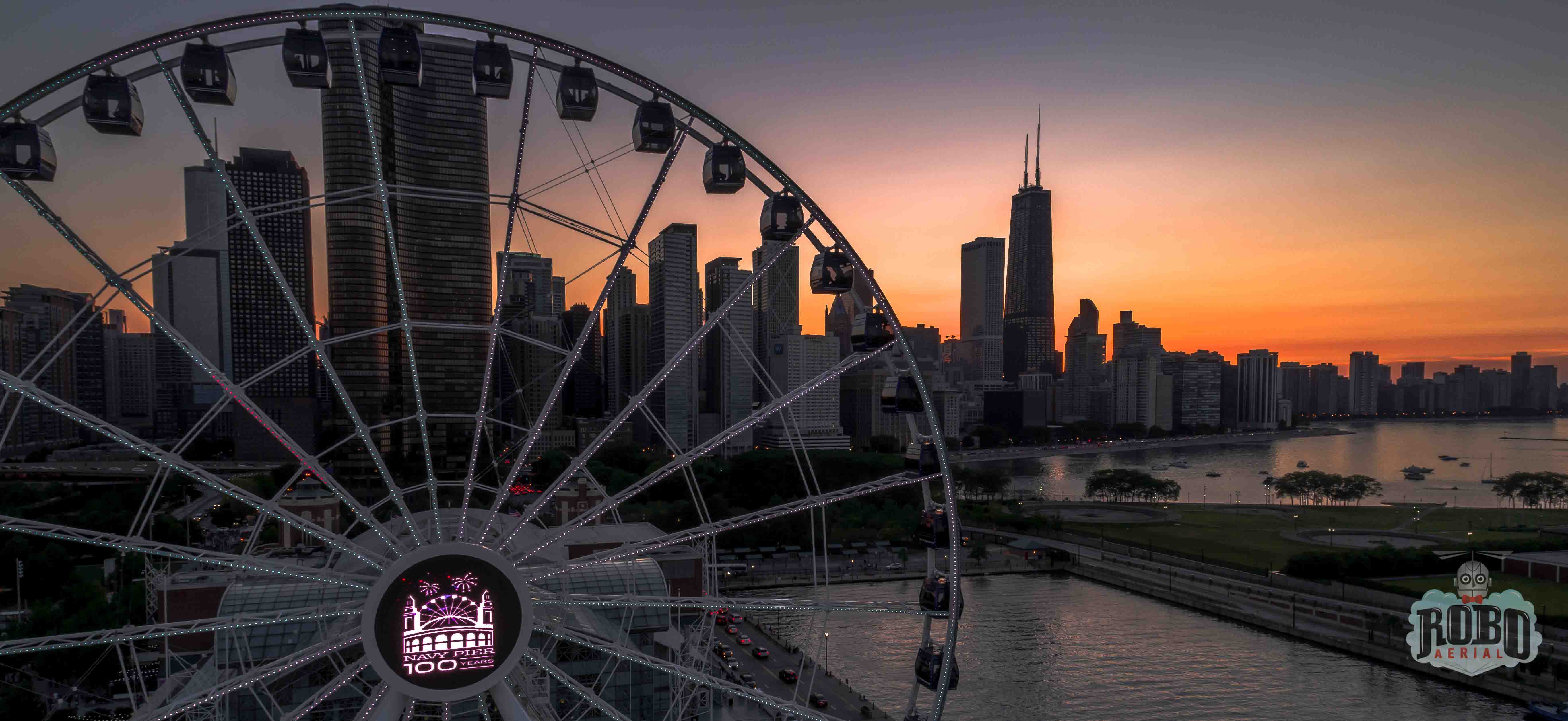
Additional Resources
10 Tips That'll Take Your Drone Photography to New HeightsEquine Photography
As with most animal photography, it takes a real amount of skill to photograph a horse. To compensate for movement, it’s important to have equipment that doesn’t lag, so even having a memory card that processes photos faster can be a benefit. It’s also ideal to have a camera with a fast shutter speed and an optical zoom.
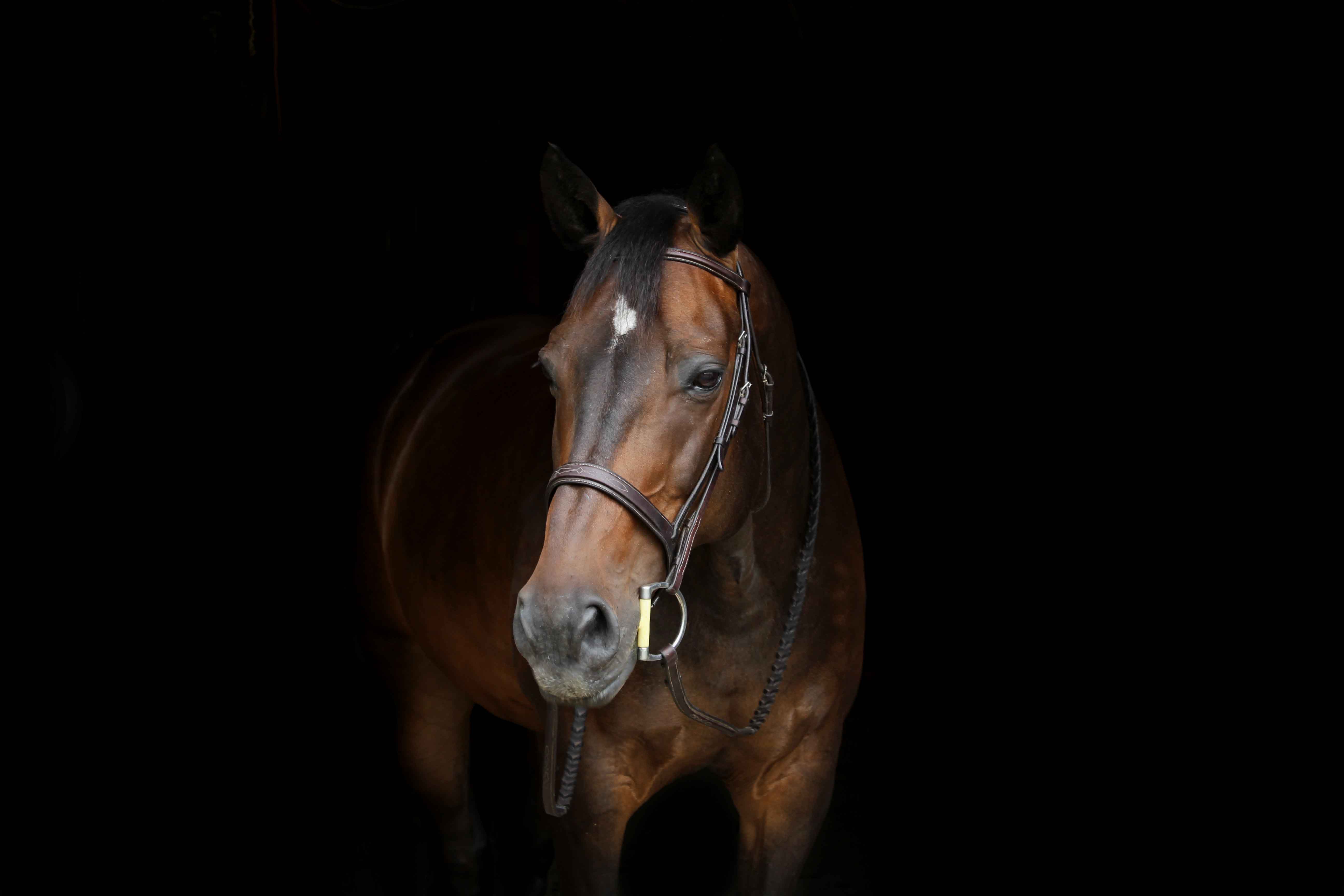
Additional Resources
7 Horse Photography Tips: Take Great Photos of Your OwnFashion Photography
Whether on the runway or in a fashion shoot, fashion photography is partly conceptual as it tells a story about the clothing or style at the center of the photo. When preparing to take fashion photos, one idea is to create a look book to inspire your lighting, framing, and concept. This will help keep your concept and the subject at the forefront while you construct a scheme with the right tools.
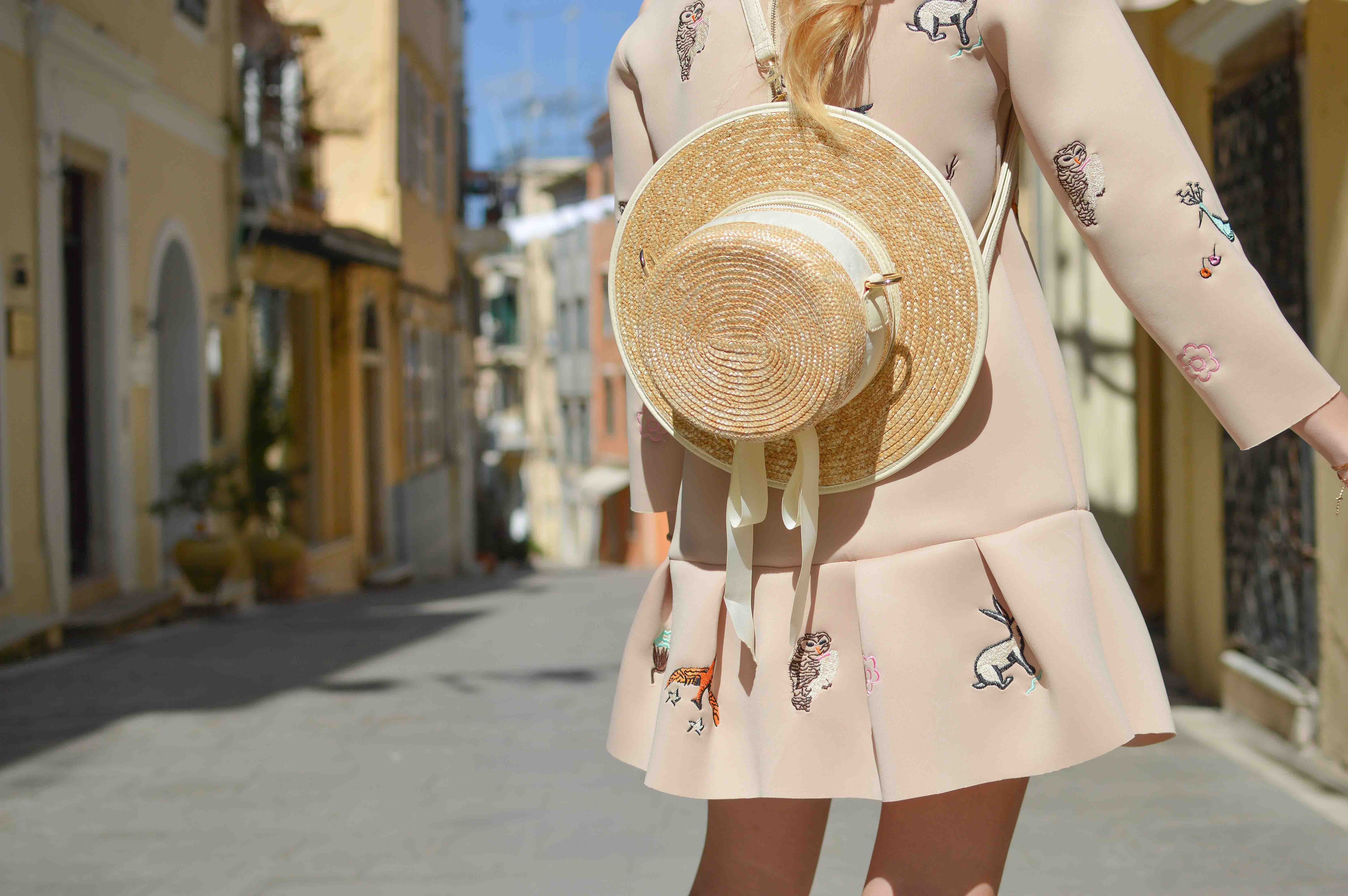
Additional Resources
The Best Fashion Photography Career Advice You’ll Ever GetFine Art Photography
Fine art photography, as opposed to documentary or photojournalism, lends itself to the bending of reality. By manipulating lighting, framing, technique, and equipment, your photos comment not on what the camera sees, but what meaning the viewer illicits from it.
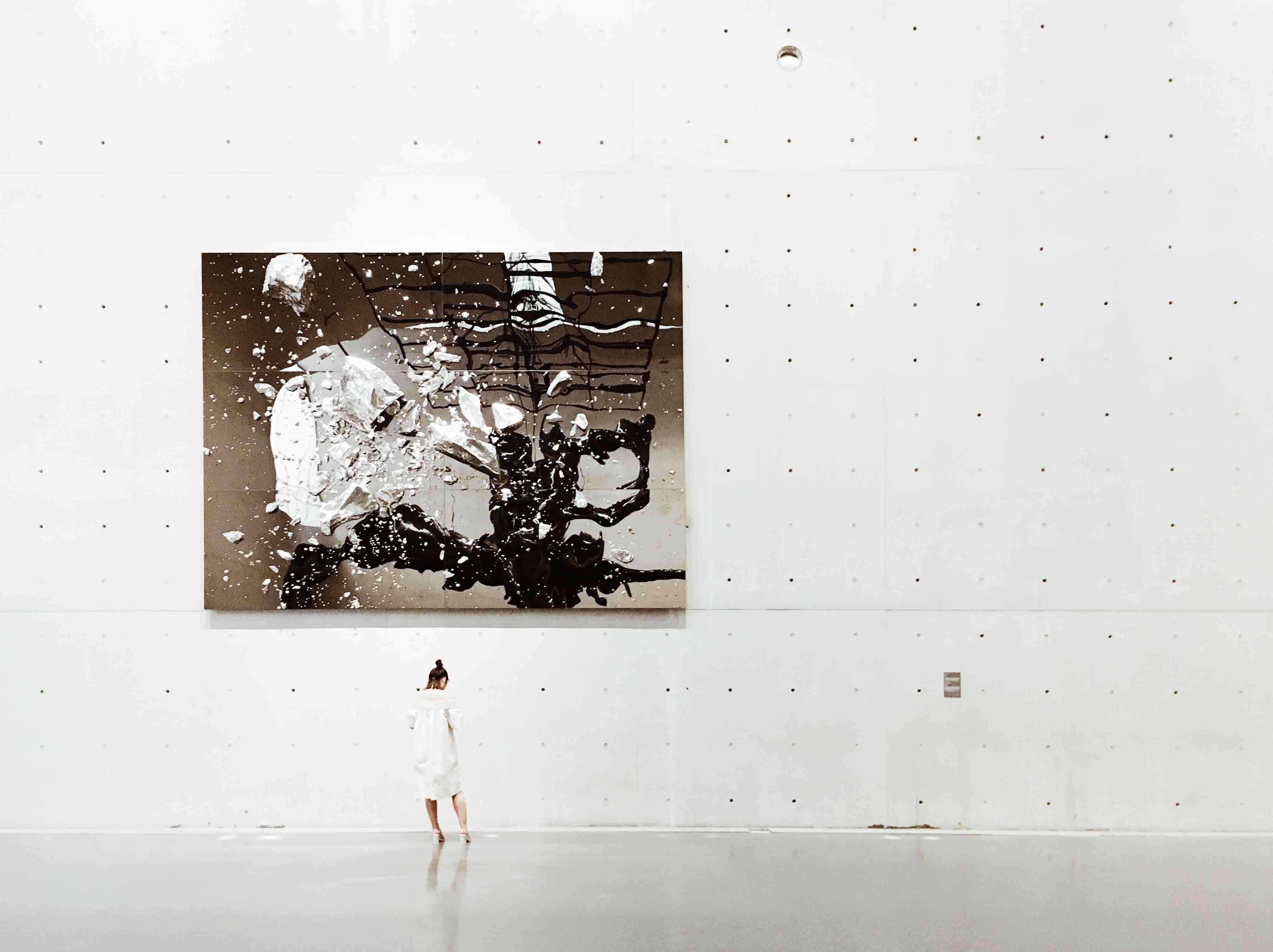
Additional Resources
Fine Art Photography Tips for Creating a MasterpieceFlash Photography
Camera flash can be utilized in numerous ways to create beautifully stylized photos. In flash photography, you can use flash as subtle lighting to separate your subject from the background. By adjusting the aperture and shutter speed, you can experiment with the effect of combined ambient and flash light sources.
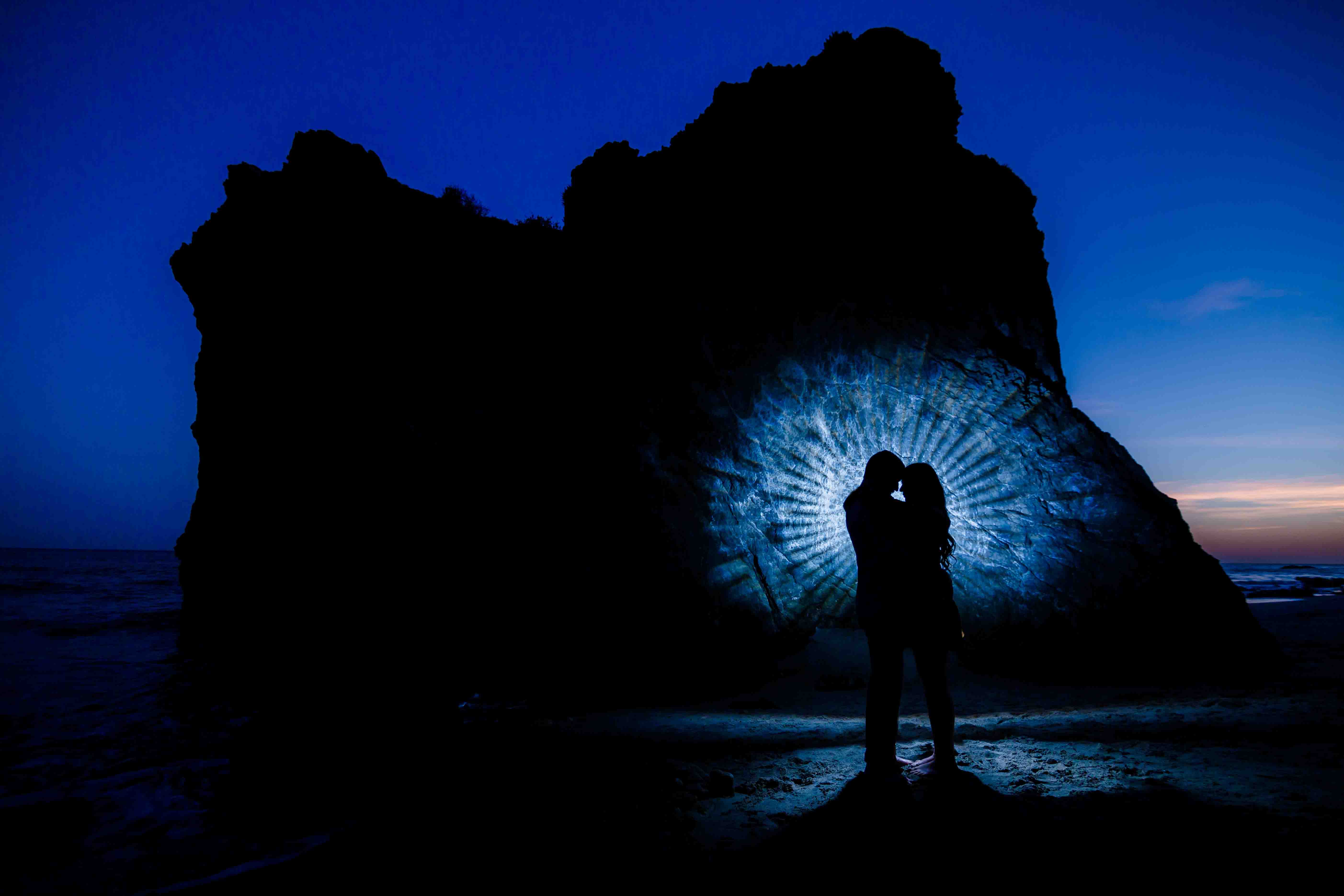
Additional Resources
21 Tips For Better Flash PhotographyFloral Photography
A popular type of photo on Instagram, floral photography features everything from sprawling fields of wildflowers to crafted, bursting bouquets. To capture a beautiful floral photo, your lens choice can range from wide to macro depending on your choice of scale. A flood of soft diffused light will help to saturate any colors in the photo without washing anything out.
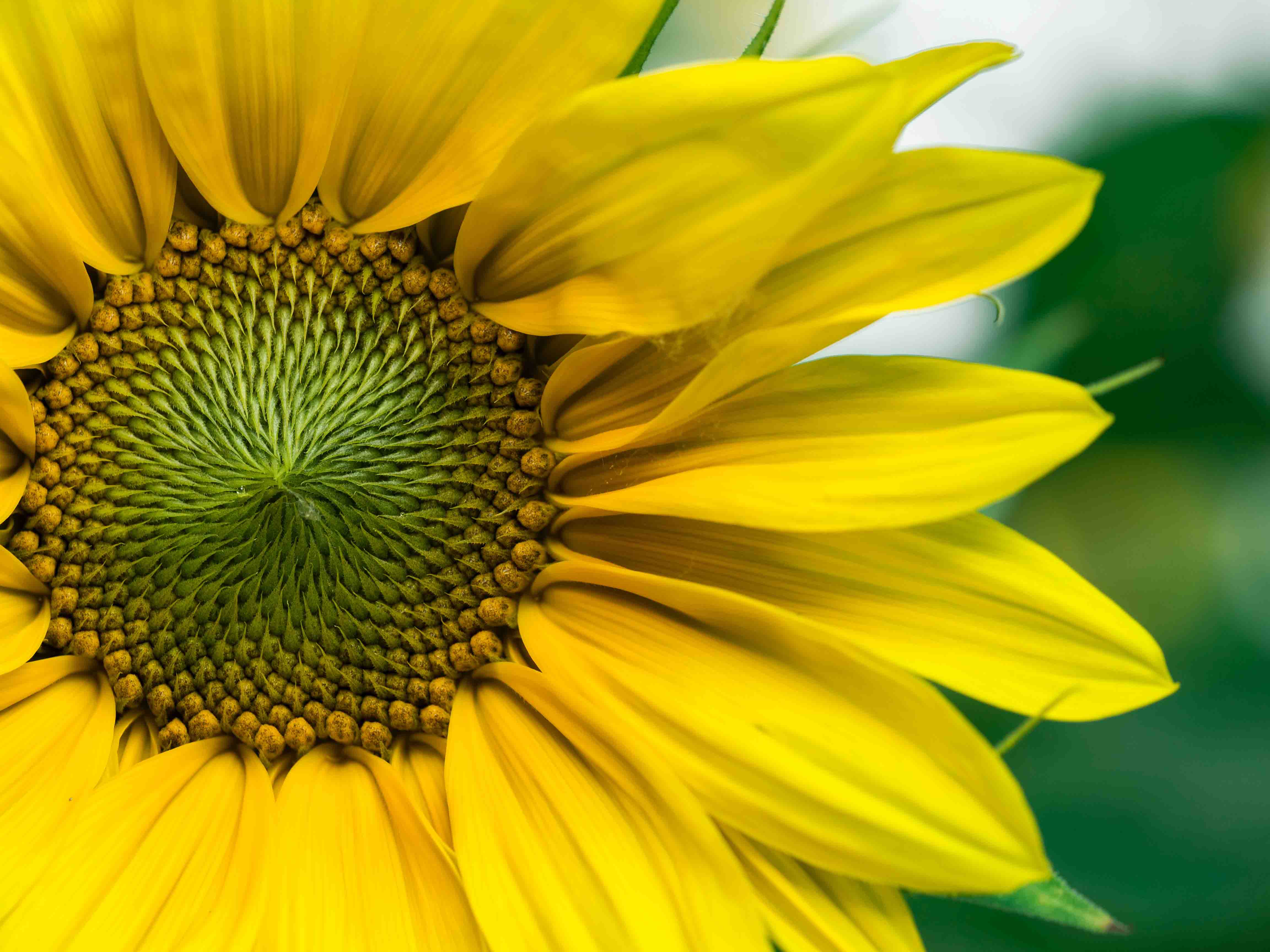
Additional Resources
Top Tips on Photographing the Floral Spectacles this SpringFood Photography
Everyone eats, which must be why hashtags like food, foodporn, and foodie range into the trillions on Instagram. It’s a wonder that food photography is as popular as it is, but it makes sense that we want what we eat to look good on our plate. Food photographer and Marketing Content Manager at Kitchfix, Emily Newman explains, “We have a weekly photoshoot to take pictures of our newest menu items. We typically use a white granite backdrop to accentuate the freshness of our food and really make the food pop! Our resident Sous Chef Aubrey beautifully plates the meals and provides garnishes to use for the background. I like using herbs, fresh produce, and spices to not only showcase some of the main components of the dish but also to round out the photo composition. What I love about food photography is that you typically do not need a bunch of complicated lighting equipment. I simply use a big window for natural light and a white bounce card to soften any harsh shadows.”
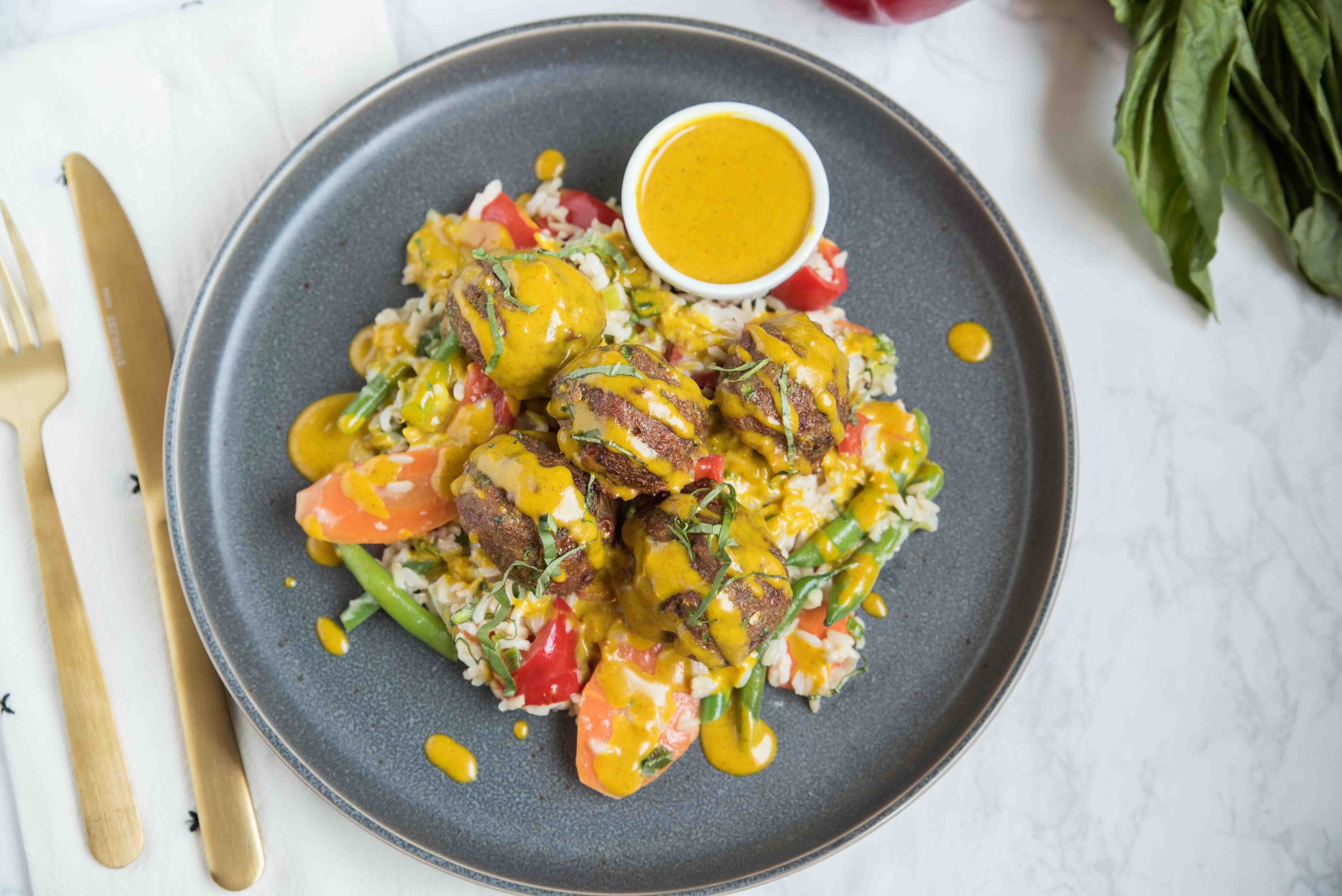
Additional Resources
Food photography: how to make a meal look dishyForced Perspective Photography
Forced perspective photography utilizes an optical illusion to trick the human eye into perceiving something is closer, further, larger, or smaller than is reality. A perfect example of this technique is when a tourist appears to be leaning against the Leaning Tower of Pisa. The distance between the subject and the object are adjusted to make both appear as though they are the same height.
_1_1.jpg)
Additional Resources
88 Brilliant Examples of Forced Perspective PhotographyHDR (High Dynamic Range) Photography
You may have heard of smartphones that can shoot HDR photos, but what does that mean? High dynamic range or HDR photos combine the difference in the lightest and darkest ranges of the same photo to make an aesthetically pleasing, high contrast image. You can easily create an HDR photo by shooting one image at a range of exposures and then merging them together using software. It is ideal to shoot in RAW format so your image contains a higher amount of data to work with, so consider using a larger SD card as well.
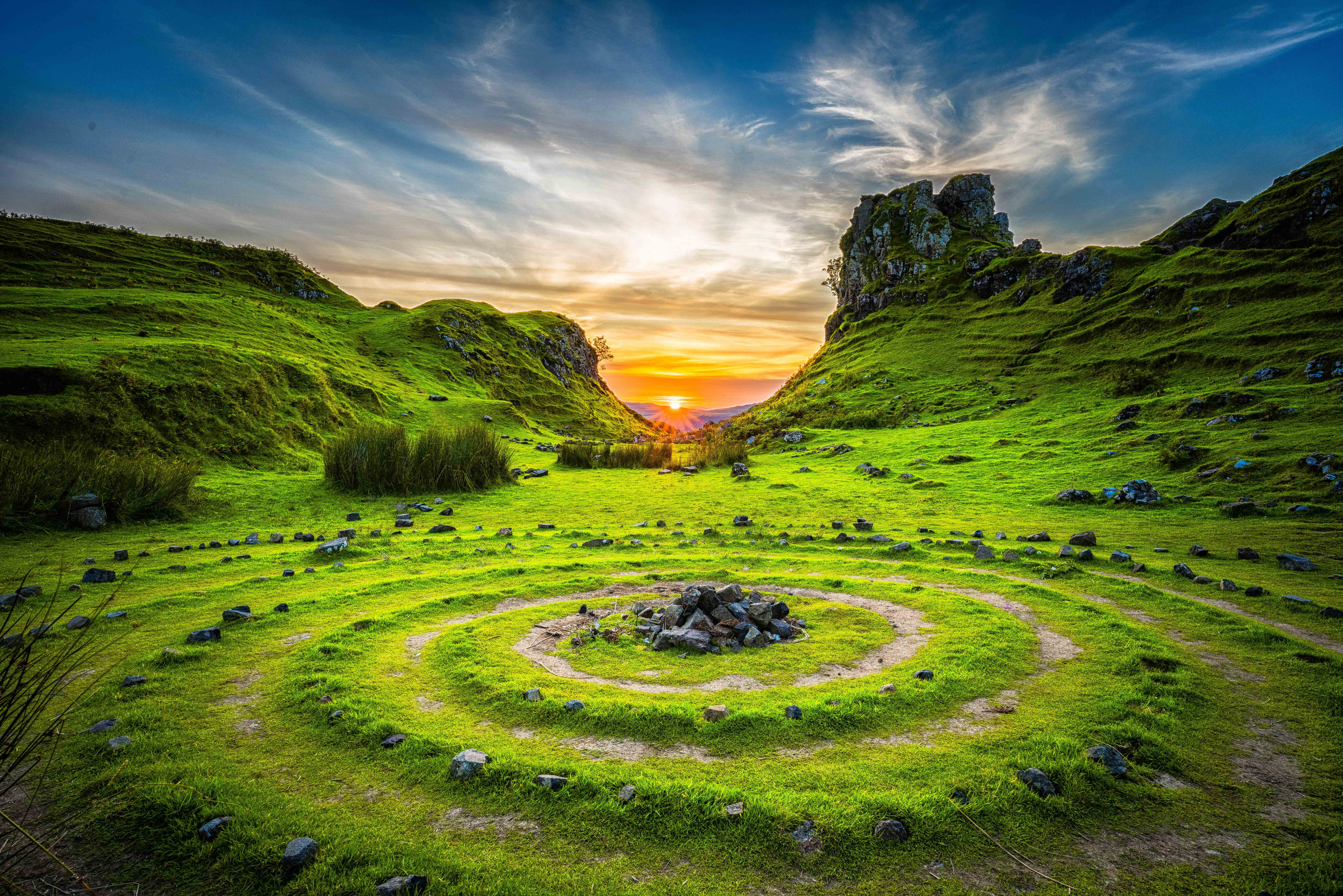
Additional Resources
A Beginner’s Guide to Dynamic Range (Plus Useful HDR Photography Tips)High Key Photography
You’ve probably seen high key photography in magazines, where the background and subject are diffused with bright light that washes out all harsh shadows. This stylistic technique creates a soft, feminine look that is ideal for products because of the upscale looks it creates.
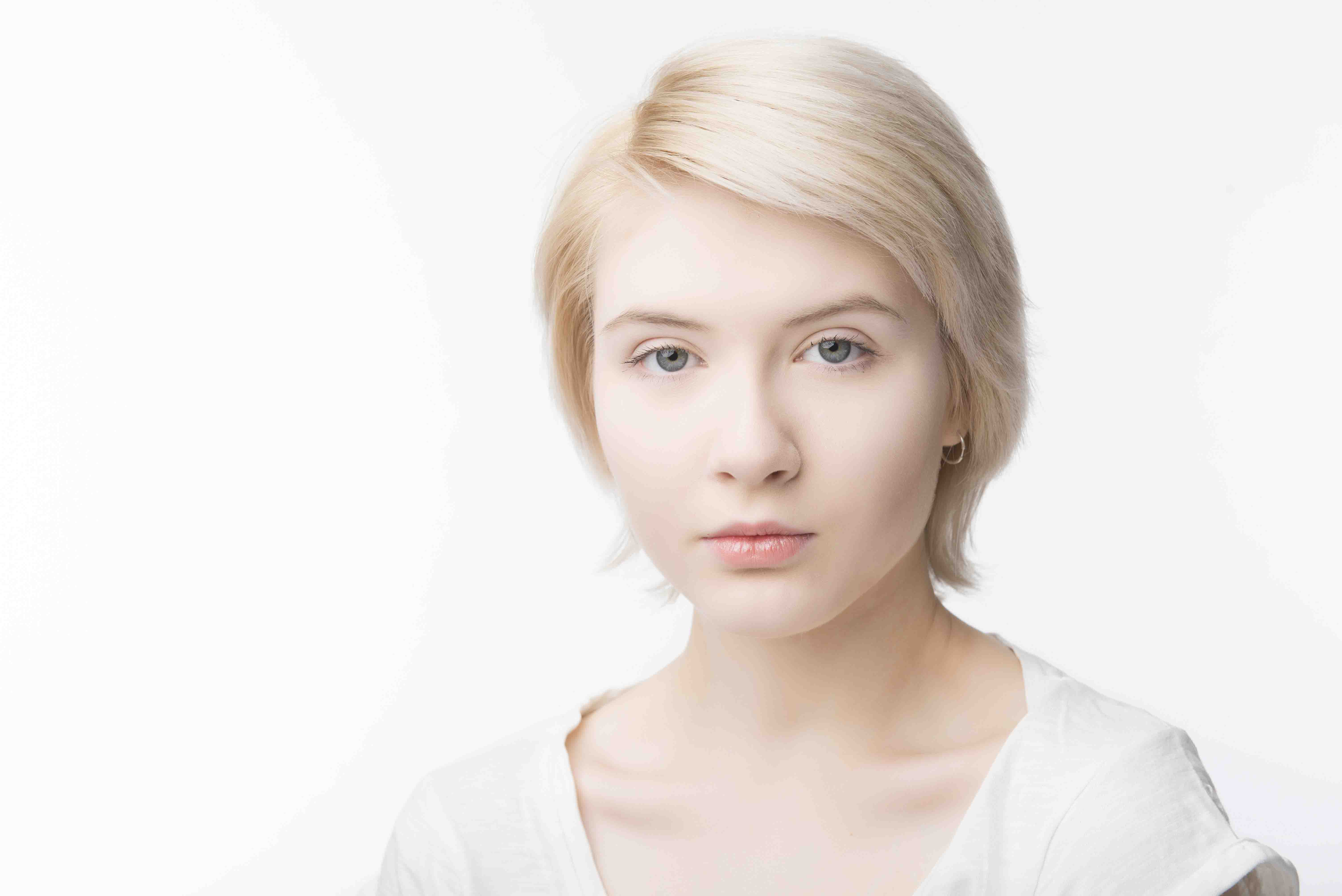
Additional Resources
12 Unmissable Tutorials on High Key PhotographyHigh Speed Photography
High speed photography utilizes a higher shutter speed to freeze time and the movement of an object in a singular perfect moment. Many experts on this style recommend a 100mm macro lens to capture your subject. Adding flashes will help the clarity of your exposure come through during any movement, though often high speed photos are shot successfully with the shortest flash duration set to the lowest power.

Additional Resources
25 Stunning High Speed Photography Examples and Tips for BeginnersIndustrial Photography
“A lot of thought goes into creating a professional still photography image of a manufacturing facility, warehouse, or of large machinery,” shares Jimmy Fishbein, owner of Chicago Corporate Photography and Video. He advises that locations can range from being stiflingly hot to freezing, so flexibility to adapt to your environment is a must. Spaces are frequently massive with high ceilings, so it’s wise to include options for drone shots.
From working in multiple warehouses and factories, Jimmy has extensive advice for coping with big spaces. “Sometimes the artificial lighting may not be the best to work with, so understanding your industrial environment to create these images is crucial. Capturing the entire space may also be a challenge. Creating multiple images and stitching them together in photoshop might be a good solution instead of using a super wide-angle lens which may cause significant distortion within the image.”
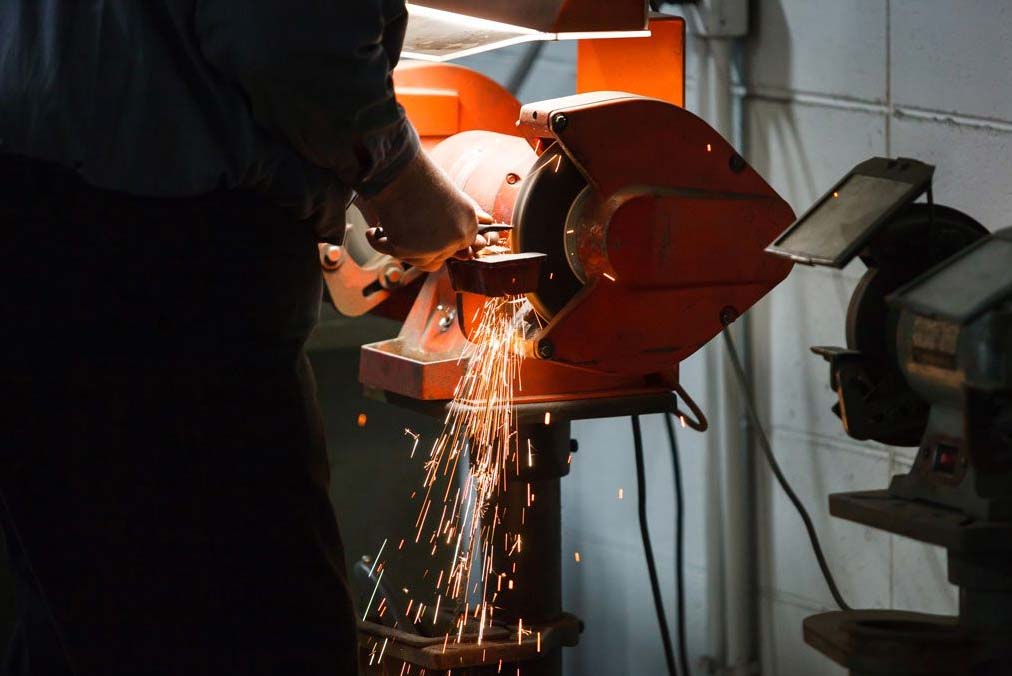
Additional Resources
33 Examples of Brilliant Industrial PhotographyInfrared Photography
Sometimes your camera and the subsequent image can be manipulated to show what would be unseen to the human eye. In the case of infrared photos, your film or camera’s image sensor needs to be sensitive to infrared light. Philip “Dutch” Bagley explains the “look” of an infrared photo. “When deciding to capture a digital infrared image, you have the option to finalize the image as in color, which requires choosing a specific filter that will provide greater ranges and intensities of color for the print. Infrared images converted to black and white interpret the radiated heat from living things in glowing shades of white, so that trees and grass appear snow-like, clear skies appear as a dark rich grays, with inanimate objects like water and rock appearing as normal shades of gray.”
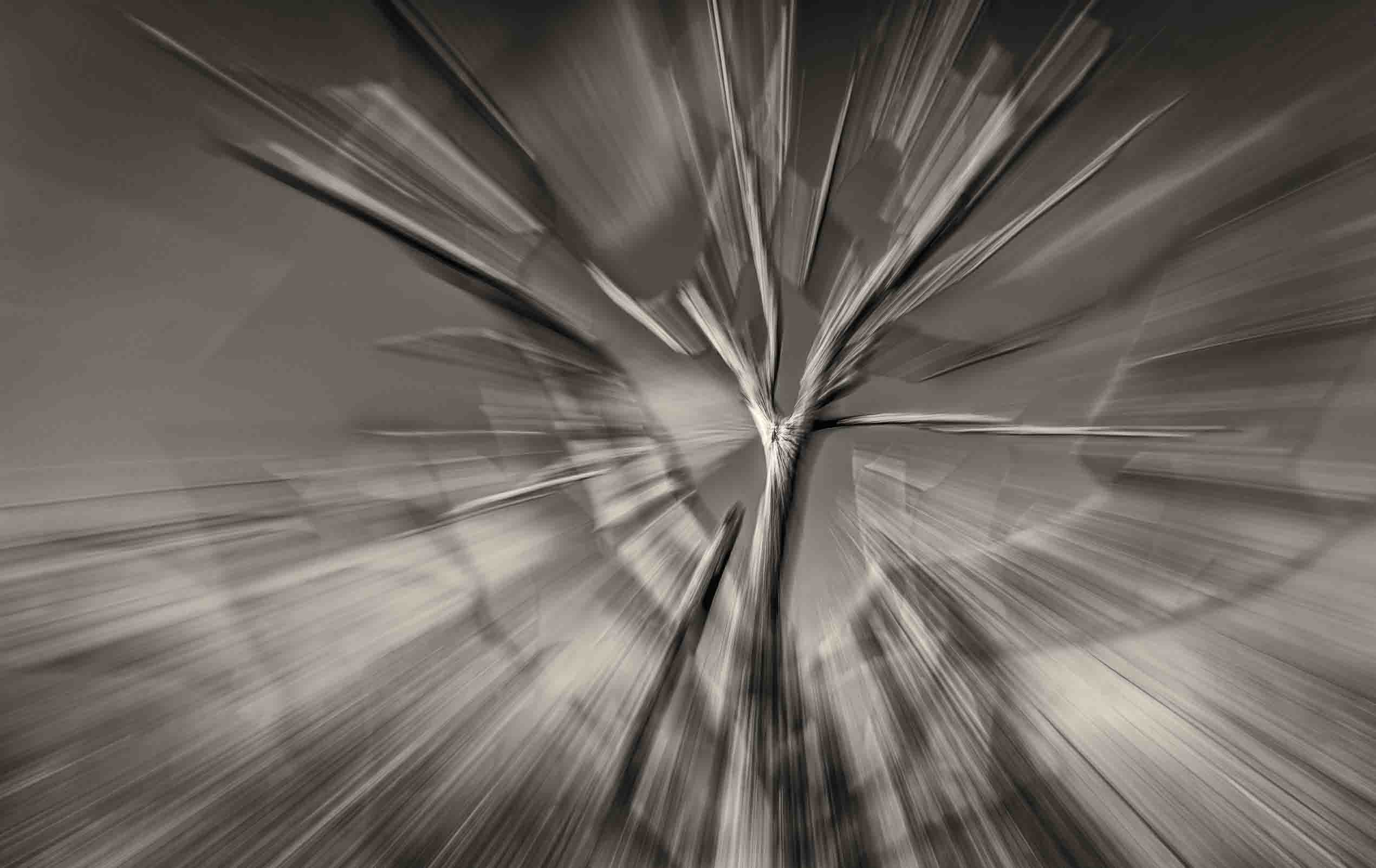
Additional Resources
Infrared Photography Tips and TechniquesKinetic Photography
This technique is all about movement. Either by moving the camera in the act of capturing a subject or capturing the subject’s own movements, the final image puts the action at the forefront by highlighting the trails of movement. Specialist in Kinetic photography, Michael Parks, says that a key facet of this style is finding sources of motion. He adds, “I find that cameras that have more pronounced rolling shutter provide more dynamic motion during slow shutter photography.”
More than capturing an image, he describes kinetic photography as a moving artform. “For me and my style, kinetic photography is more akin to martial arts or dancing. There are some set movements that provide interesting results, but most of the fun is taking what you know and what you want to achieve and finding a new way to move that will get you the image you want.”
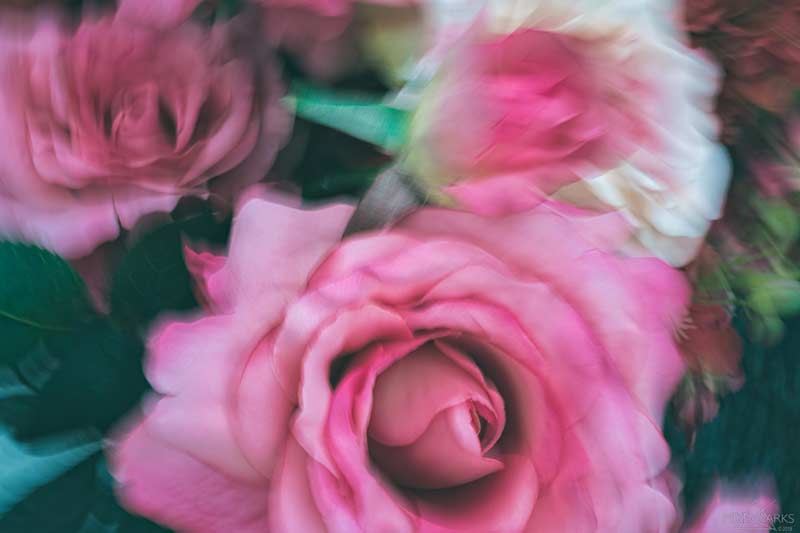
Additional Resources
Beautiful Examples of Kinetic PhotographyLandscape Photography
If you’ve been struck to capture a picturesque horizon, the tilt of a leaning tree against the backdrop of a never-ending road, or the vastness of a body of water you’re already familiar with the draw of landscape photography. Landscape photographer Justin Wirtalla lends his advice for those in love with their surroundings, “Occasionally, the experience of capturing a landscape photo is as serene as the image suggests. However, it often involves a great deal of time on the road, camping in the wild or sleeping in the car, waking up well before dawn, hiking in the dark in potentially frigid temperatures, and quite a bit of patience. Which makes it that much more rewarding to press the shutter during that perfect, fleeting moment.”

Additional Resources
Nine Landscape Photography Techniques to Overcome Editor’s BlockLarge Format Photography
The quality of an image can sometimes be defined by the precision you put into the set-up. With large format photography, shooting 4” x 5” formats allow for better tonality and greater resolution. The trick to a successfully captured image does count on carefully metered lighting and a still frame, since you are accouont for a larger area of exposure.

Additional Resources
How You Can Get in to Large Format Photography CheaplyLens Flare Photography
Lens flare photographs occur when you are shooting into a light source and the resulting image features none other than a spot of light. This effect can act as a way of framing your subject or the experimentation of how light behaves in the frames can be the subject itself. Whichever you choose, make sure to adjust your aperature and focus according to the effect you wish to achieve.
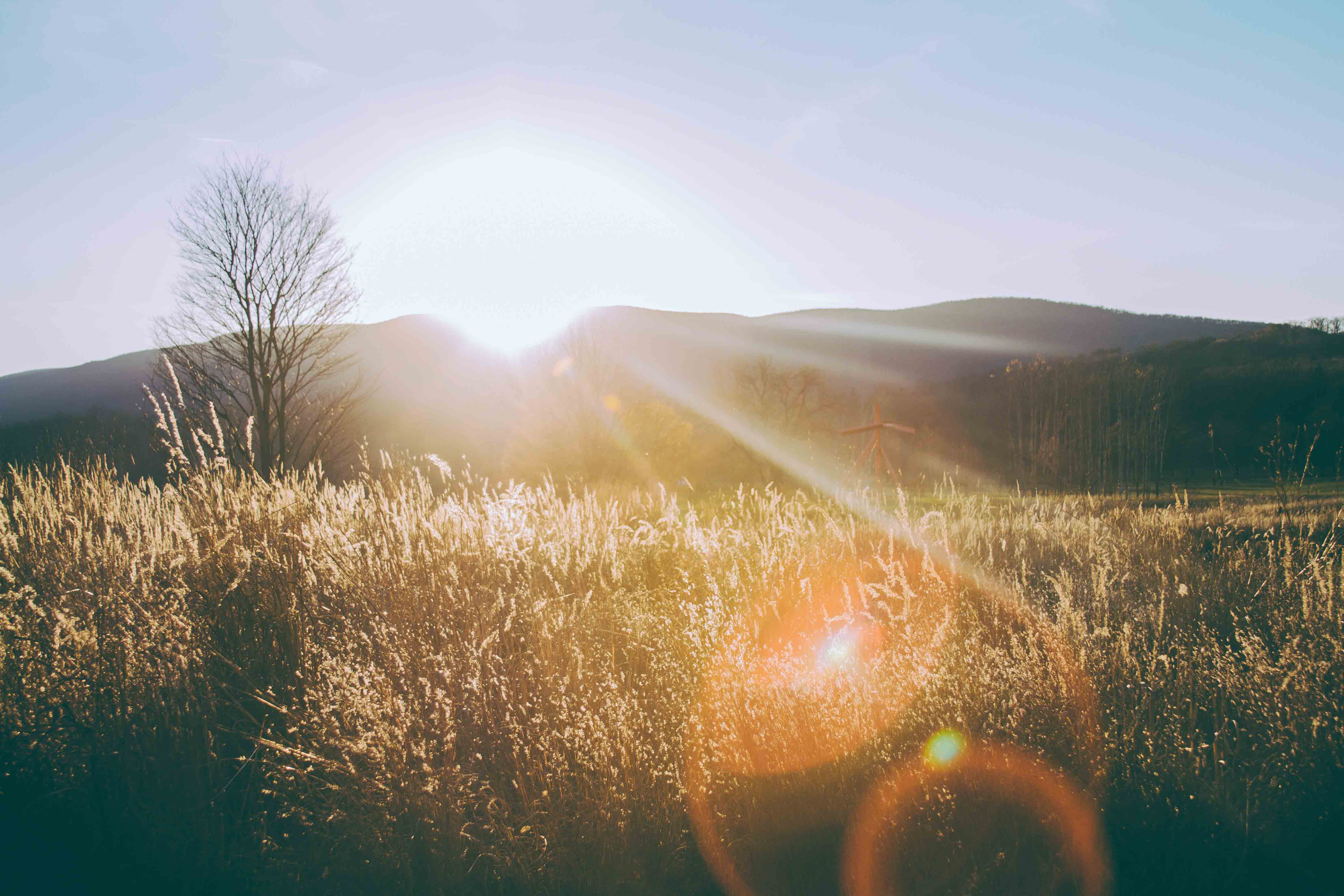
Additional Resources
30 Vibrant Lens Flare ImagesLight Painting Photography
Light painting photography is often considered to be only light streaks captured through a long exposure. However, light painting includes the technique of capturing multiple individual images of your subject using singular light sources in each set-up and then patching together each image into one photo that possesses artful lighting.
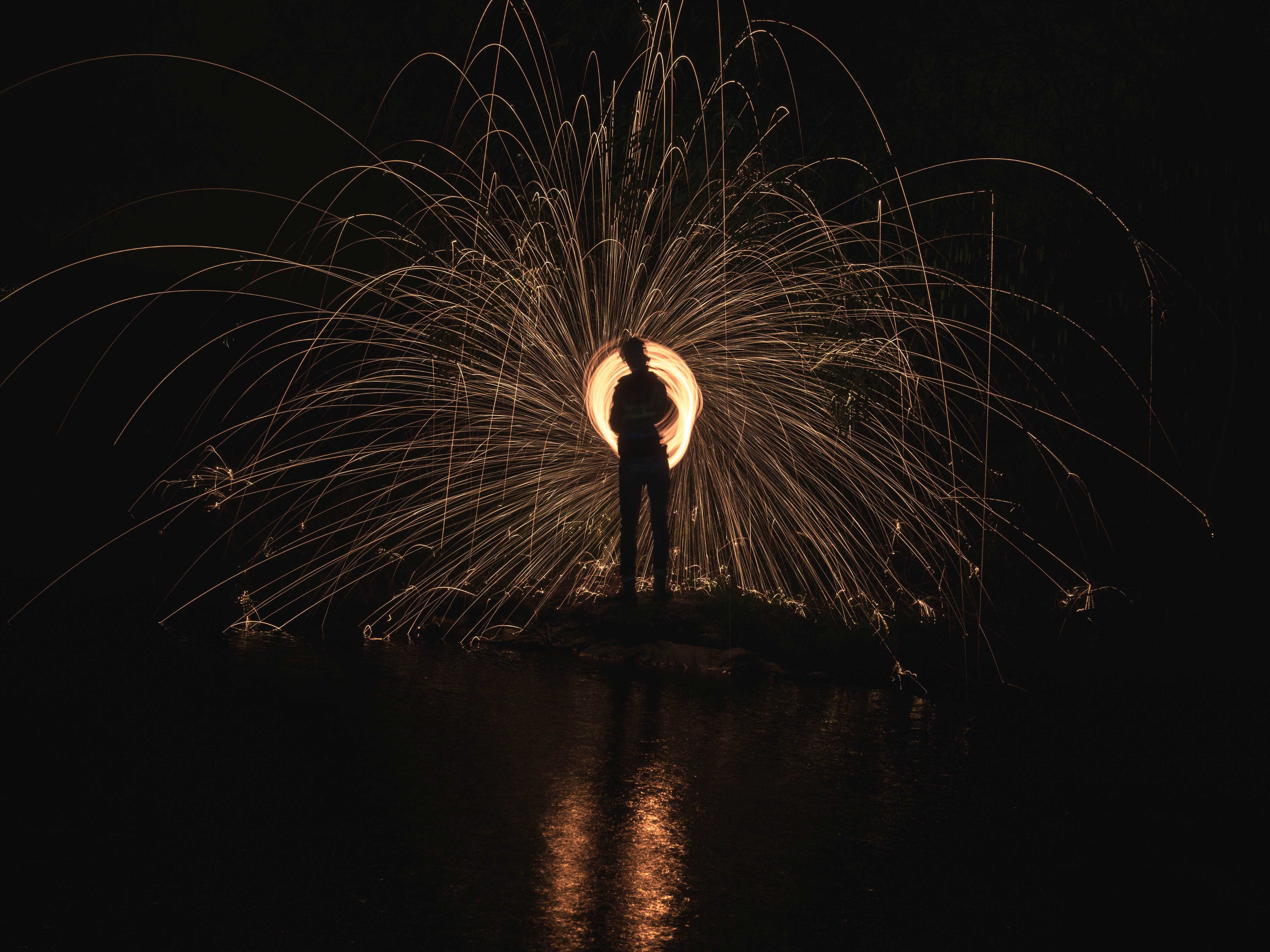
Additional Resources
Amazing long exposure light painting photography by Martin KimbellLong Exposure Photography
To compose a long exposure shot, the three most important tips you need to remember are to lock down your position with a tripod, choose and lock your focus, and make sure your lighting is consistent. Because you’re exposing the sensor for an extended period of time, the risk of the image not turning out is increased with unaccounted for light or movement.
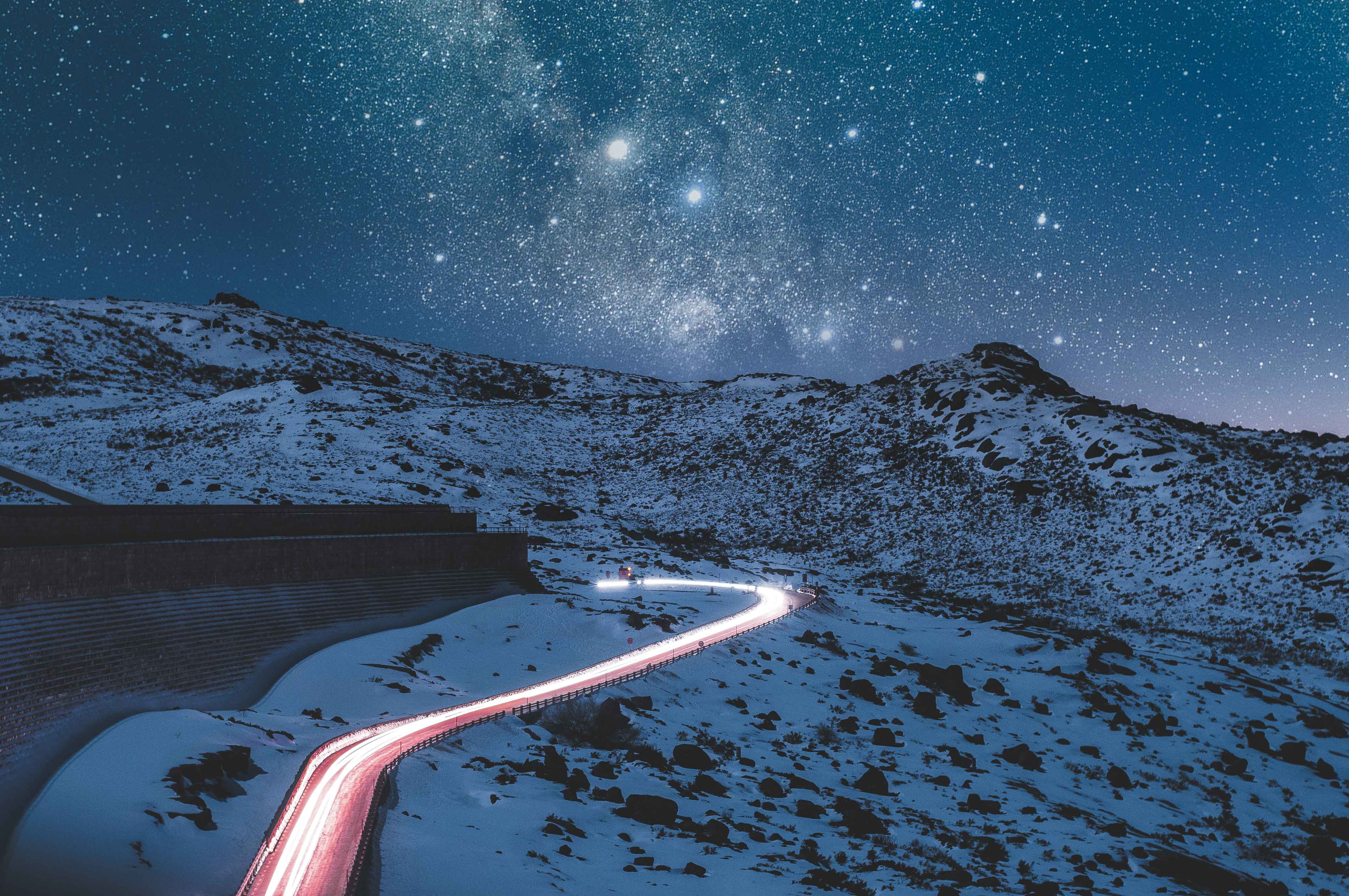
Additional Resources
Understanding Long Exposure Photography and the Technique InvolvedLow Key Photography
Where high key photography utilizes a maximum of light by blowing out an image, low key photography uses light and shadow with the latter creating moody, dramtic effects. The high contrast of heavy shadows and sharp lighting can be used to highlight angles, frame the subject, or hide the subject.
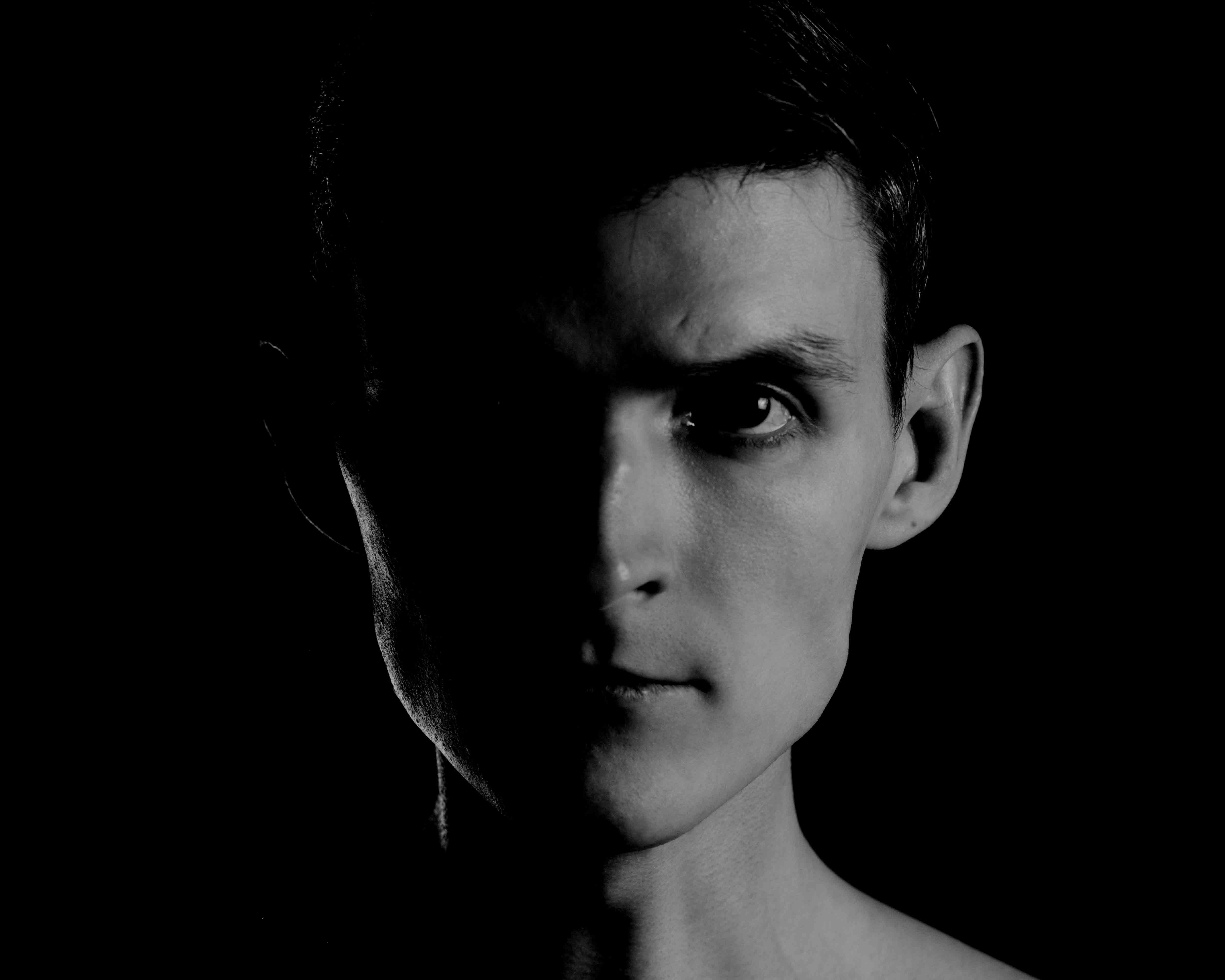
Additional Resources
The Complete Beginner’s Guide to Shooting Low KeyMacro Photography
Do you enjoy capturing the literal minutiae of your surroundings? If you answered yes, you probably enjoy macro photography or extreme close-up photography. This style of photography pulls a close focus on small organisms like insects and plants or small everyday objects like paperclips or pencils.
Acclaimed macro photographer Steve Troletti says that each photographer has their own approach when looking in on a smaller world. “When I get into macro photography, I strive to get one hundred percent of the details while minimizing glare from stray light. This is why my technique of choice is to use cross polarized lighting on my subject. The process takes a little longer to set up and is not really suitable for faster moving insects. It also poses a challenge when practicing ethical non-destructive wildlife and nature macro photography, but the results are quite rewarding.”

Additional Resources
5 Tips for Stunning Macro PhotographyMedical Photography
Existing as a niche offshoot of professional photography, medical photographers document the stages of a patient before, during, and after a medical procedure or surgery in addition to photographing specimens or medical tools. It is a position that requires all of the basic knowledge for lighting and shooting portraits or objects while preserving an impartial, clinical eye. This style can also include forensic photography or crime scene photography, which involves recording physical evidence for procedural and medical resources.
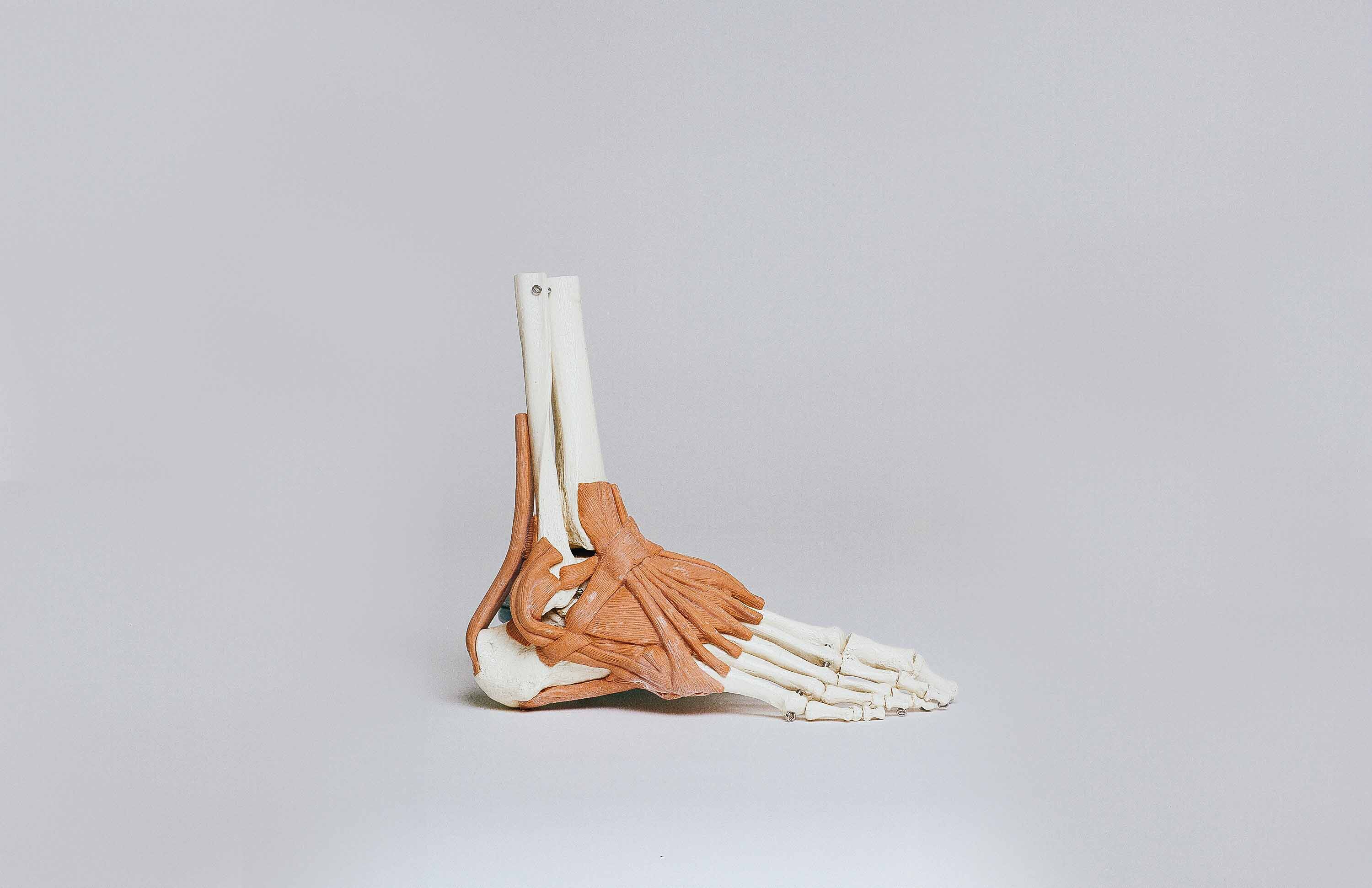
Additional Resources
Under The Skin: Award-Winning Photos Show Brain, Cells And Other GooMicroscopic Photography
Microscopic photography, or photomicrography, is the practice of photographing tiny subjects using a microscope. Professor Michael Peres, associate chair at the Rochester Institute’s School of Photographic Arts, describes the painstaking details that you have to be honed to in preparation of shooting this style of photo. “I research the subject and identify clear objectives as to why the photographs are being produced. I want to know what to look for and what I might or might not see. I must frequently prepare the subject for examination and imaging. Preparing to photograph microscopic things also includes boring activities such as cleaning my lab bench and the surface of the lenses I will use. I need to select the proper illuminator, format memory cards and other not so interesting minutia. My success resides in paying attention to the smallest of things.”
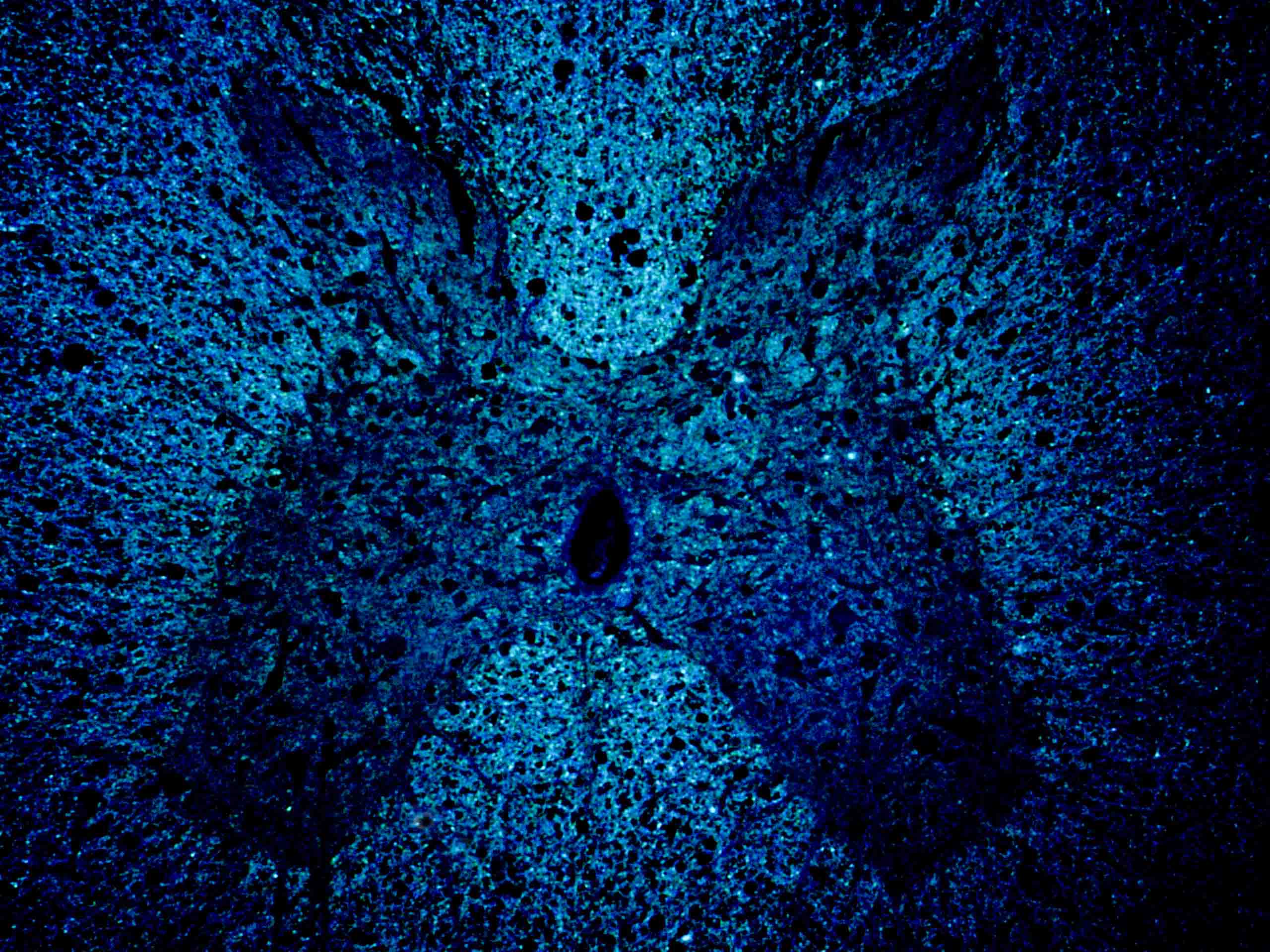
Additional Resources
Making Tiny Things Glorious With PhotomicrographyMonochromatic Color Photography
When most hear about monochromatic photography, they immediately think of black and white photos. However, monochromatic color photography utilizes one color for the entire photograph as opposed to the singular pairing of black and white. A monochromatic photograph can utilize the natural colors of the subject and its environment to highlight a specific color or a filter can be used during or after taking the photo to create a wash of one color over the entire image.

Additional Resources
30 Colorful Works of Monochromatic PhotographyMotion Blur Photography
Photos taken with motion blur display the remnant streak of a moving object captured during a single exposure, due to the object’s quick movement or extended exposure. Another method of creating an instance of motion is by moving the camera at varying shutter speeds, per Andrew Crawford, “One technique that I use in my photography is sometimes referred to as “Intentional Camera Movement” or “Swipe” photography. As the name suggests, it involves deliberately moving the camera while the shutter is open. I use shutter speeds of a quarter of a second and longer, setting aperture and ISO and sometimes using ND filters to balance the exposure. In this technique I tend to move the camera in a way that mirrors natural forms, for example vertically with trees or horizontally with a sea-scape. Other techniques include twisting the camera or moving it forward or backwards.”

Additional Resources
45 Beautiful Examples Of Motion Blur PhotographyNatural Light Photography
An ideal style for amateur and experienced photgraphers alike, natural light photography both allows you to shoot with what’s available, while forcing you to adjust to the available light in your surroundings. By applying knowledge of how light effects your subject and combining that with tools like reflectors or diffusers, you can shoot beautiful photography with natural light.
Bethany Kruska suggests photographers be mindful of your light’s direction, “For me it’s been about learning to work with light at all hours of the day, and in all of the Chicago seasons, to create the best product for my clients. As a very basic rule of thumb I always want light to be even on my subject’s bodies. On overcast days I’ll be mindful of where the sun is and have my clients face in that direction. On sunny days when the sun is lower in the sky I will have my clients stand so that the sun is behind them being mindful of sun flares and washed out shots. If it’s a sunny day and the sun is directly over head I will search for open shade to prevent hot spots and squinting.”
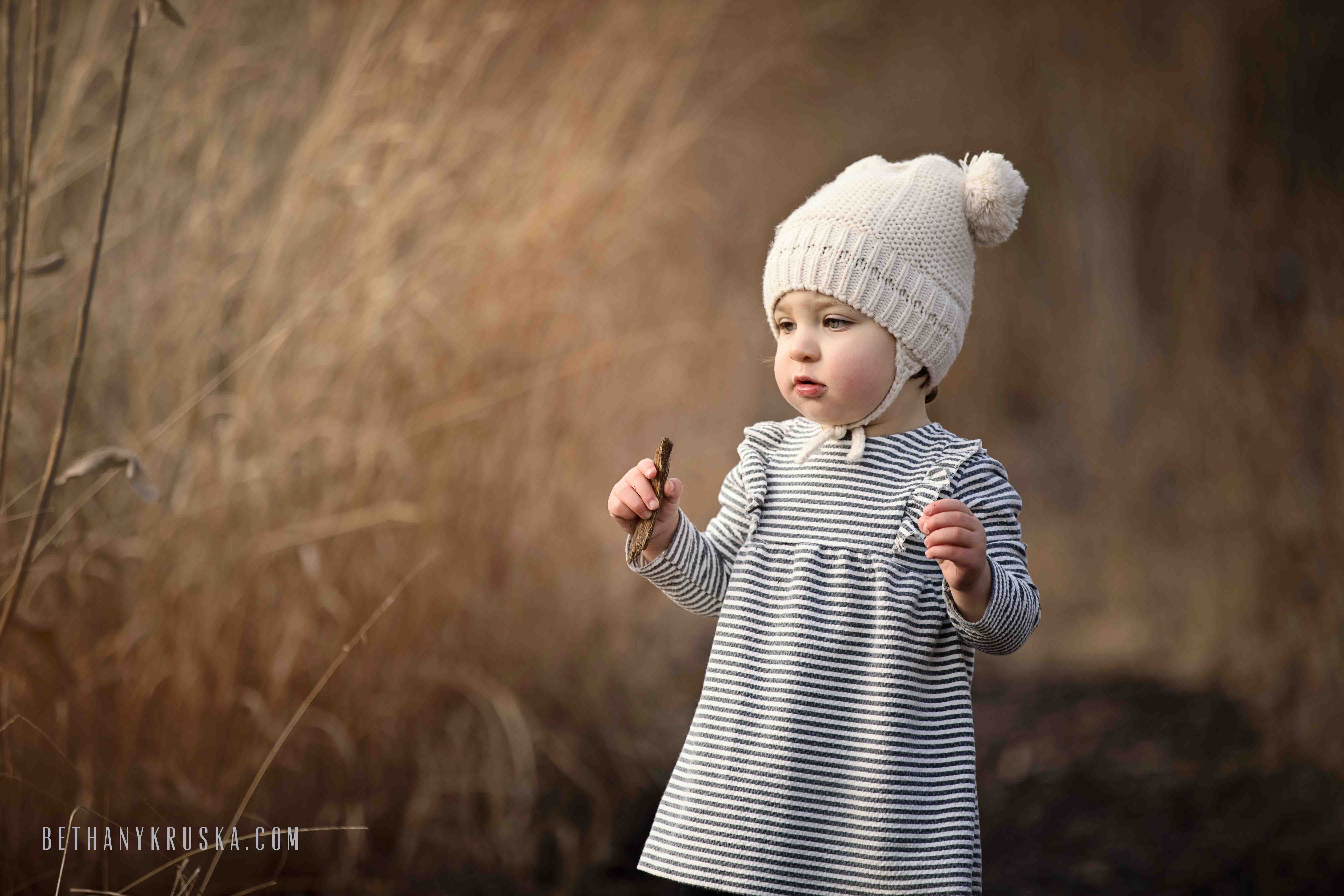
Additional Resources
Natural Light Photography TipsNight Photography
Capture the beauty of the night with a little post-sunset photography. In order to capture night time photos, the most recommended tools to use are are a tripod to increase stability and a lens hood to decrease the chance of lens flares.
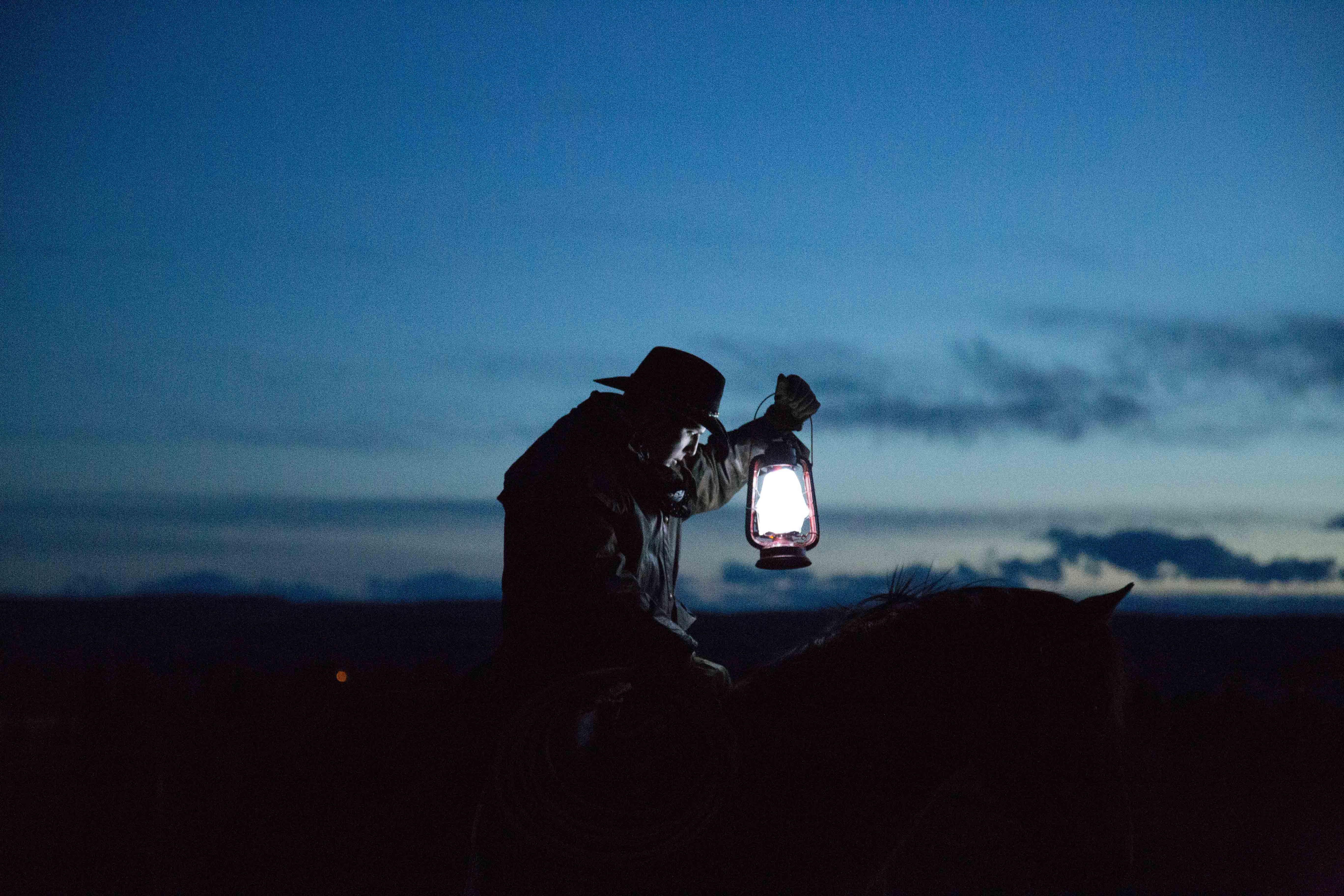
Additional Resources
25 Beautiful Night Photography Examples and Tips for BeginnersPanoramic Photography
Panoramic photography captures wide format images often skewed towards, but not limited to vistas of landscapes. The ratio of the photo’s width to height is usually at least one half. If you’re shooting with a smartphone or DSLR with a pano mode, this is the simplest way to shoot panoramic photos. Otherwise, you’ll want to set-up your camera on a tripod and lock it at a level horizontal or vertical position before tilting or panning to capture the various exposures that you’ll later need to overlap.
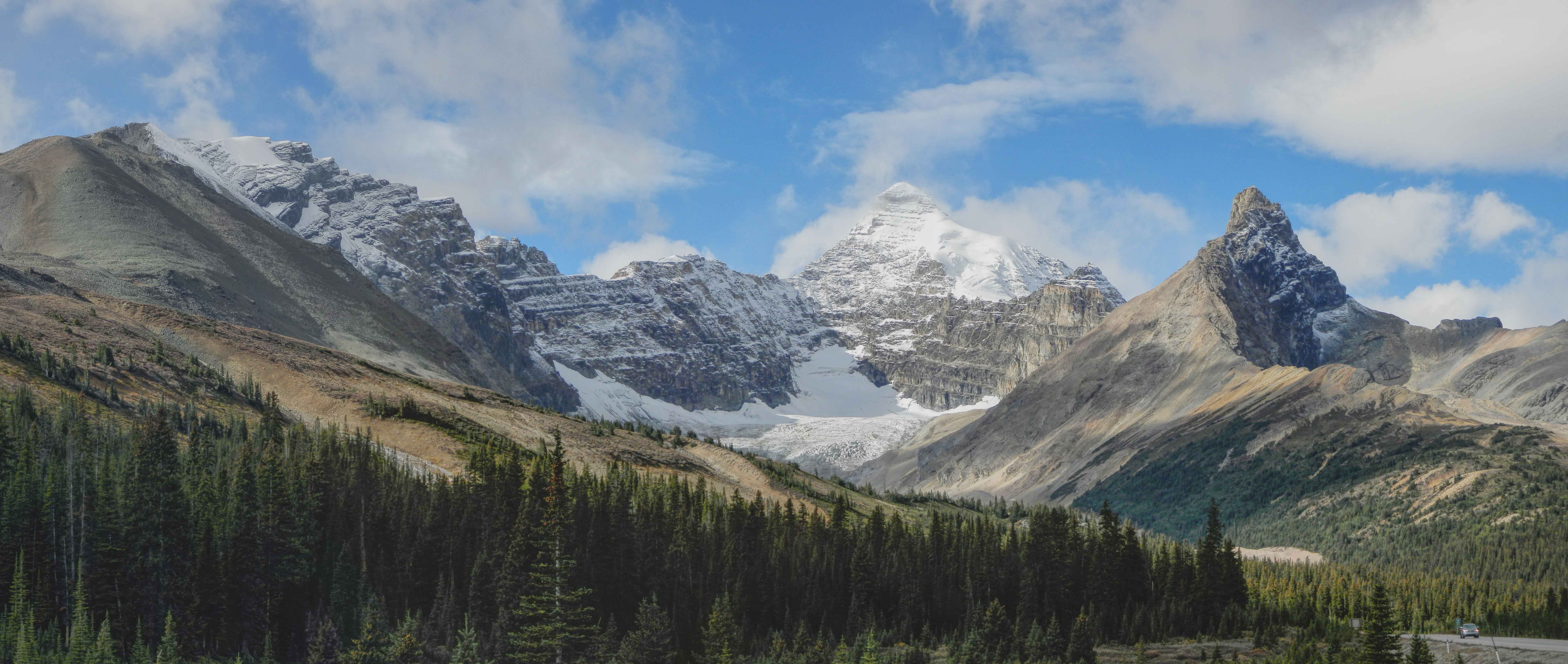
Additional Resources
Panoramic Photography TutorialParanormal Photography
Do you see unexplainable blurs or light spots in your photos? Some say you may have captured an aimless spirit. Paranormal photography uses traditional photography methods to imprint the signature of a ghost. Photos may include spectral imaging, heat signatures, magnetic interference, or odd lighting effects.

Additional Resources
Spiritualist Photographs in 19th CenturyPast & Present Photography
What better way to see how time changes everything than side by side photography of the past and present? In past and present photography, the photographer recreates a shot using key elements of location, buildings, situations, or staging in the modern day to show the differences from an existing photo of the past. Comparison is key according to Seth Colegrove, “In creating my past and present photos, the two main pieces of gear that I use are my iphone and Canon G7x. The iphone is essential because it allows me to access all my historic photos on an icloud account, which I’ll open and use as a reference. After I analyze it to see where it was taken and from what angle, I recreate the shot using my Canon G7x.”

Additional Resources
30 Past and Present Photography examples by Irina Werning - Back to the FuturePet Photography
Love your furry, feathered, or finned friend? One of the most popular styles of photography revolves around your trusted pet. Whether snapping casual cute photos on your phone or creating a pet portrait, use the available light to your advantage to give your friend a catch light to illuminate their eyes and use a faster shutter speed with auto-focus so you don’t miss their most adorable moments.
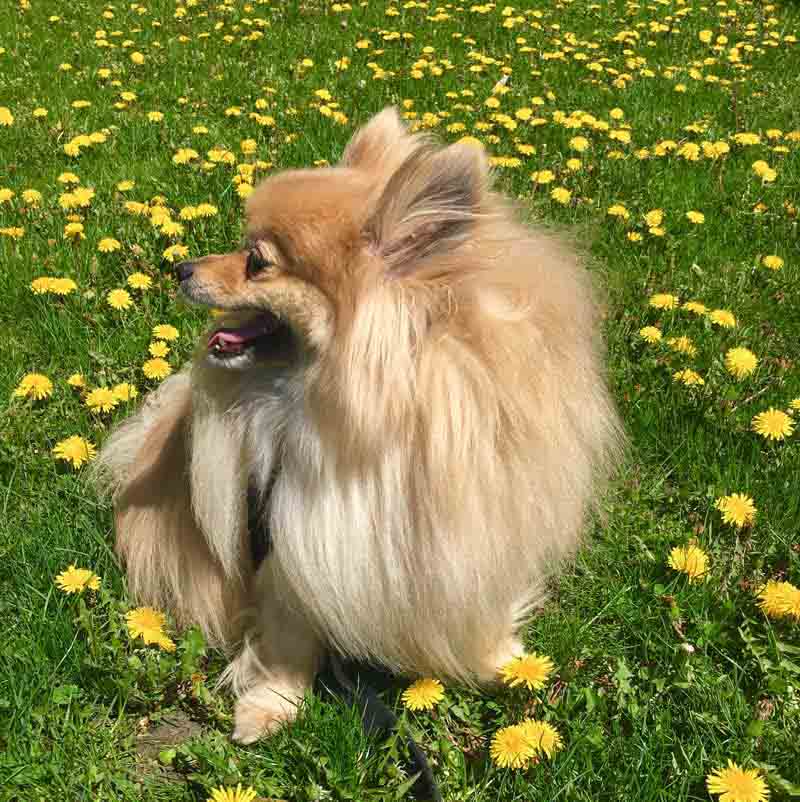
Additional Resources
Cutest Puppy Pictures and Pet Photography TipsPhotojournalism Photography
Photojournalists are charged with the job of capturing social, political, and historical moments. This falls under the style of candid photography, as the shots are captured in the moment usually using available or natural lighting. Important tips for successful photojournalistic shots include anticipating the action, moving around your subject, and locking in your settings so you’re ready to take the shot.

Additional Resources
7 Photojournalism Tips to Get You Ready for AnythingPinhole Photography
Creating a surreal world of textures and shapes, photographer Steven Dempsey enjoys the abstract nature of pinhole photography, “Looking through the viewfinder into a pinhole world transforms everything. It's like stepping through a portal to a different reality. When you couple that with the results of a long exposure, it truly is magical.”
Pinhole photography requires some precision in your equipment, as you are not relying on a traditional lens and exposure system. When referring to digital pinhole photography, Dempsey says, “You have to learn the limitations of the medium. Shooting things like bushes or anything with a lot of dense detail will not look good. You have to keep your compositions simple. Unlike their analog equivalents, digital pinhole photographs are quite soft, but the long exposures can give them a ghostly presence. The results are in stark contrast to what most photographs demand these days: sharpness and resolution.”
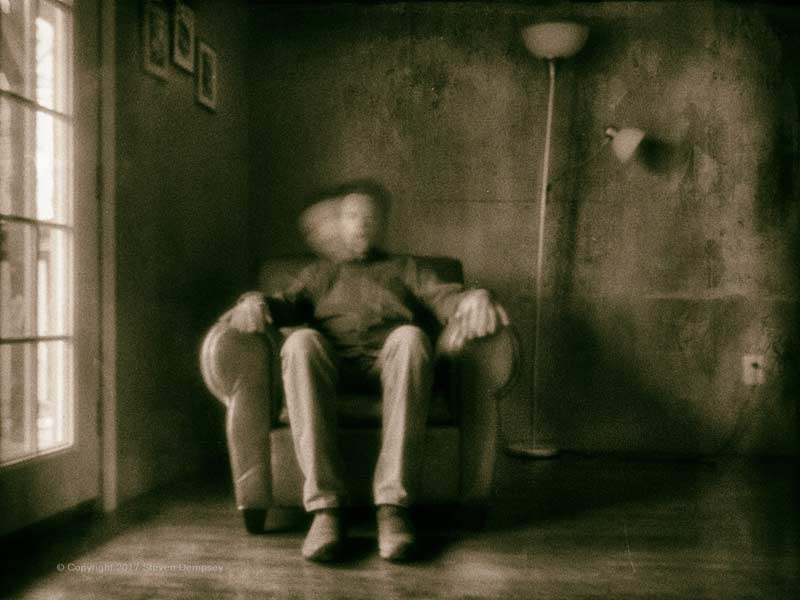
Additional Resources
Pinhole Photography: 10 Paper Cameras For Photograph PuristsPortrait Photography
The traditional aspects of photography when shooting portraits or headshots is apparent in Brian McConkey’s photos. The focus is entirely on a singular subject with the equipment and style tuned to focus on how they’re represented. “I begin by knowing who my client is and what they do. Are they an actor or are they coming in for a corporate headshot. I take a look at the clothing changes they have brought to the shoot and figure out the type of shot or shots that they want to achieve from the session.”
Brian suggests investing in a quality camera body and lens as well as learning how to work with different lighting set-ups. For someone wishing to shoot portraits professionally, the most important thing to know is how to market yourself, “Make sure you’re working towards building a strong web presence as well as social media.”
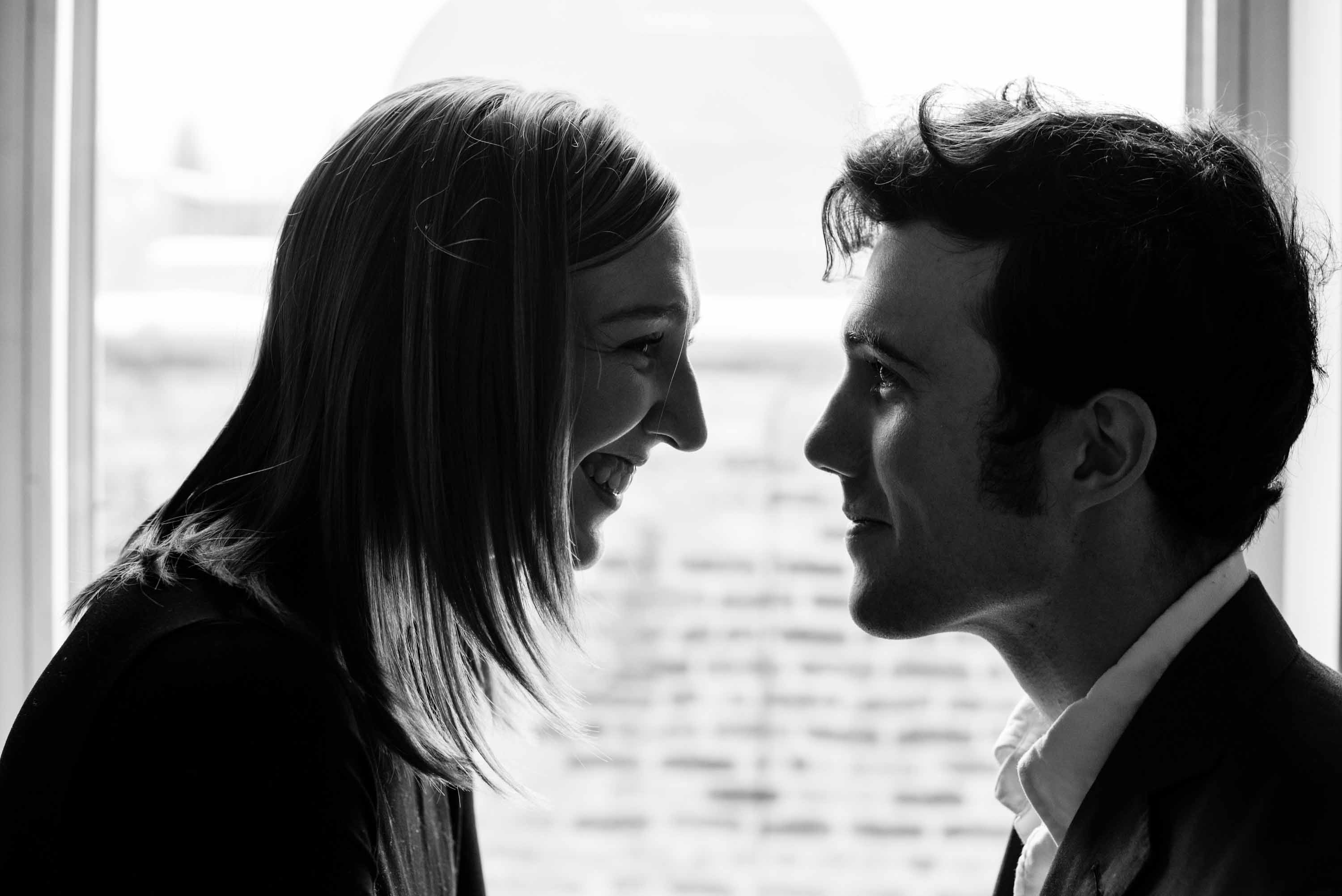
Additional Resources
Wide Angle Environmental Portraiture TipsReal Estate Photography
Whether you're looking into a new apartment or buying a home, your first impressions are almost always made from seeing the realtor's photos. It's important to know that when shooting real estate photography, you account for brining along extra light in case the space requires a fill and to bring your tripod for ease of setting up static shots. It's typical to shoot using a wide angle lens, but don't go too wide or you run the risk of misrepresenting the space by showing it in a fisheye frame. Finally, remember that you're shooting for a client who wants to represent the listing in a certain light, so communicate with them and be flexible to fulfill what they need.
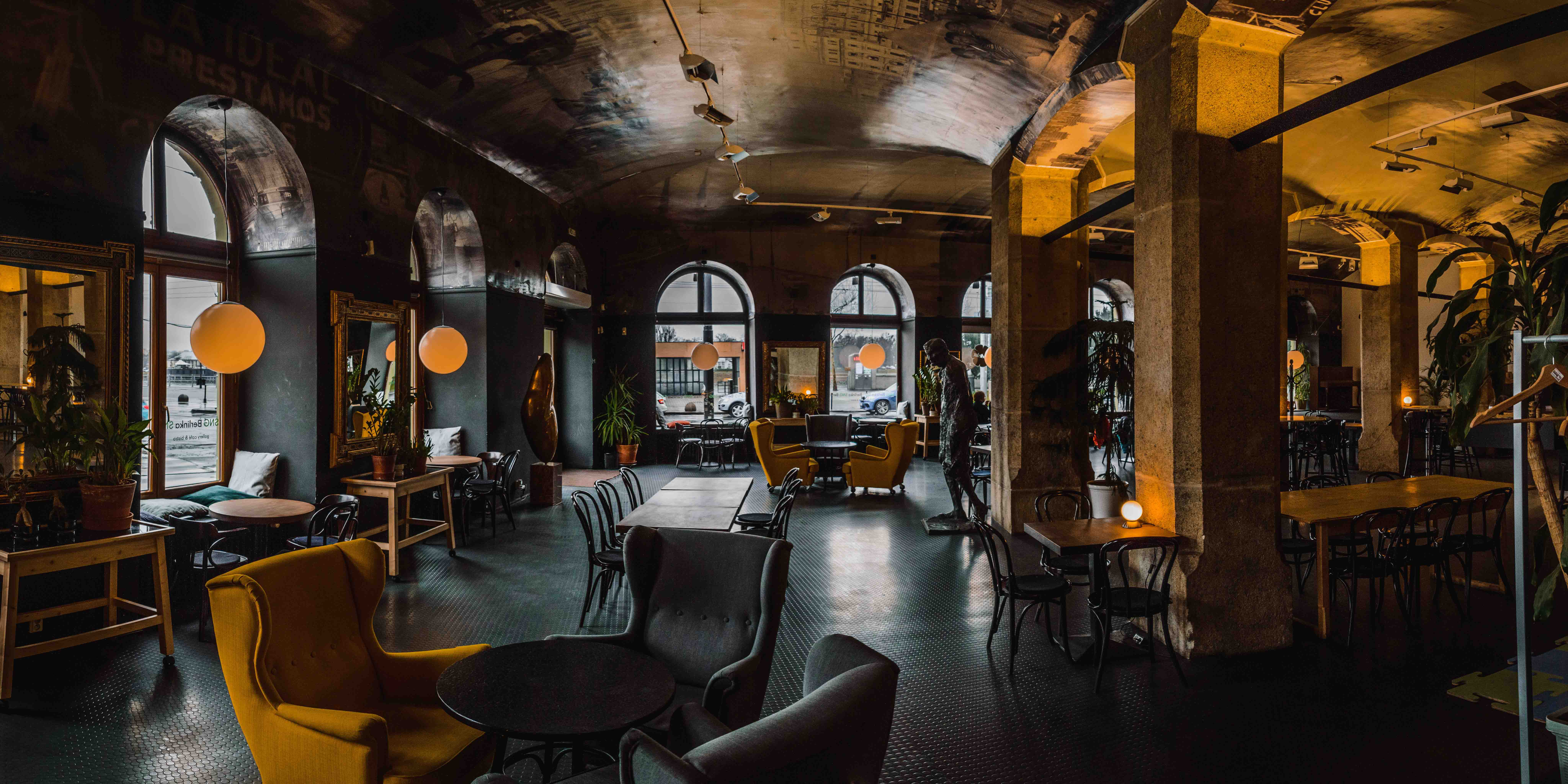
Additional Resources
Top 10 Real Estate Photography Tips (And Mistakes To Avoid) For BeginnersReflection Photography
Just about any photo that utilizes an element of mirroring or reflection falls into the style of reflection photography. You can produce a range of cool effects by metering the focus either between or directly on the subject or its reflection. You can also play with natural reflective surfaces like water or man made materials like mirror, glass, or metal.
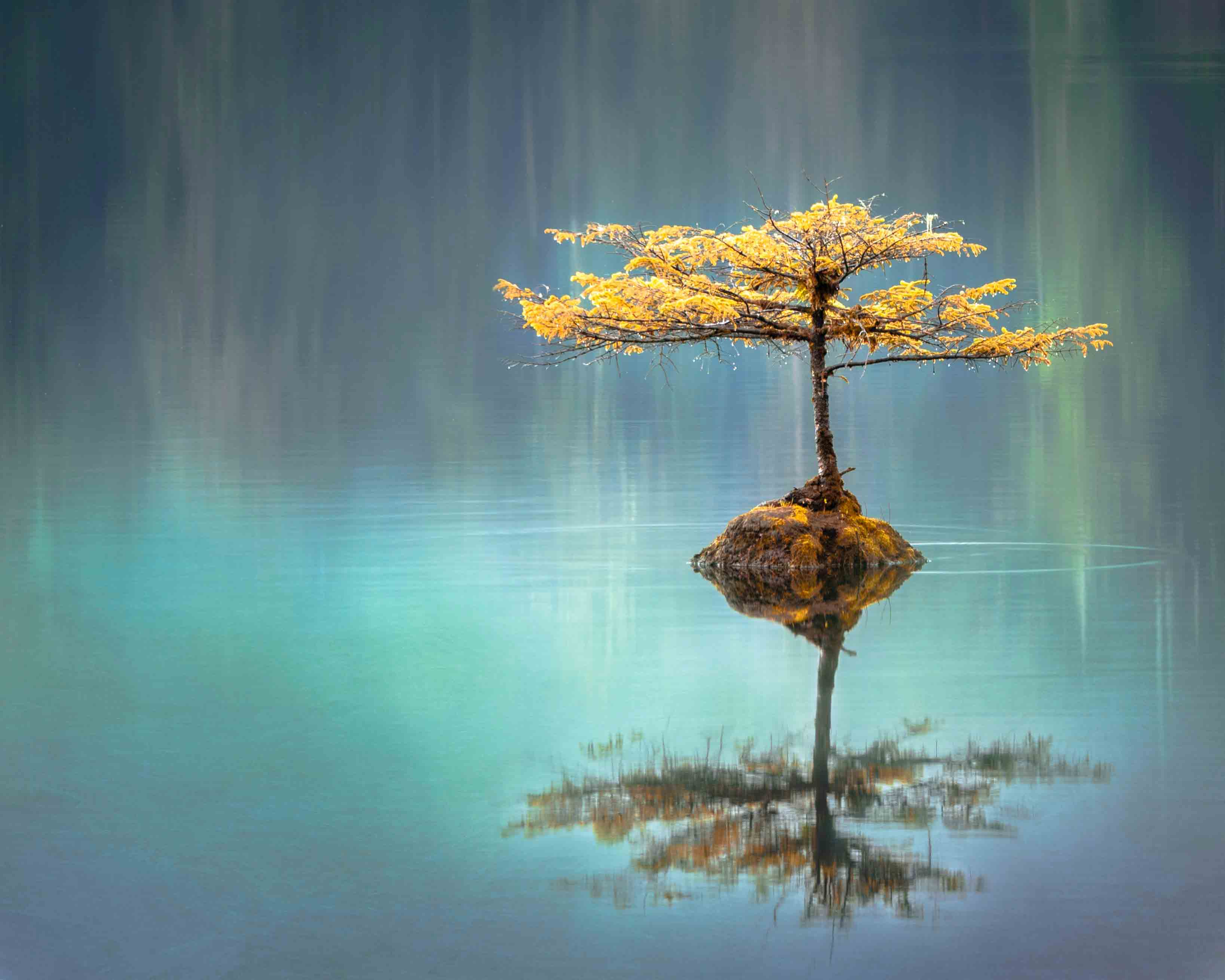
Additional Resources
50 Stunning Reflection Photography Examples and Tips for BeginnersSatellite Photography
Want to blow your drone photos out of the park both literally and figuratively? While it may be a challenge for the average photographer to take advantage of technology like satellites, it’s a normal practice for corporations to shoot and utilize satellite photos. Until we can all afford orbital trips of the Earth, atmospheric aerial photography comes close to that scale.
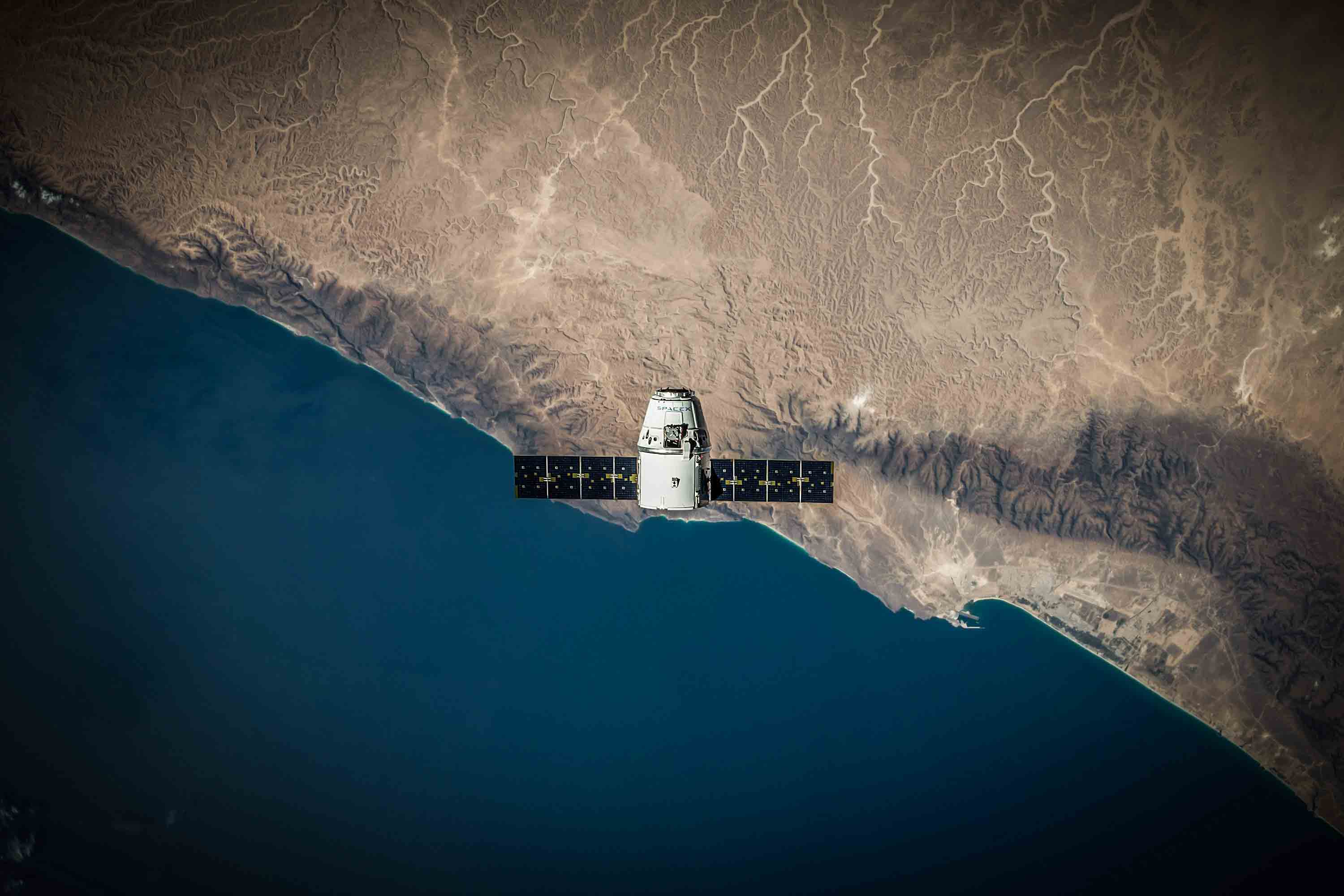
Additional Resources
Beautiful Satellite Photography of the EarthScientific Photography
Scientific photographers use many of the techniques we’ve described in this article. Depending on the application, they can utilize infrared, ultraviolight, or thermal imaging in order to support research or demonstrate data.
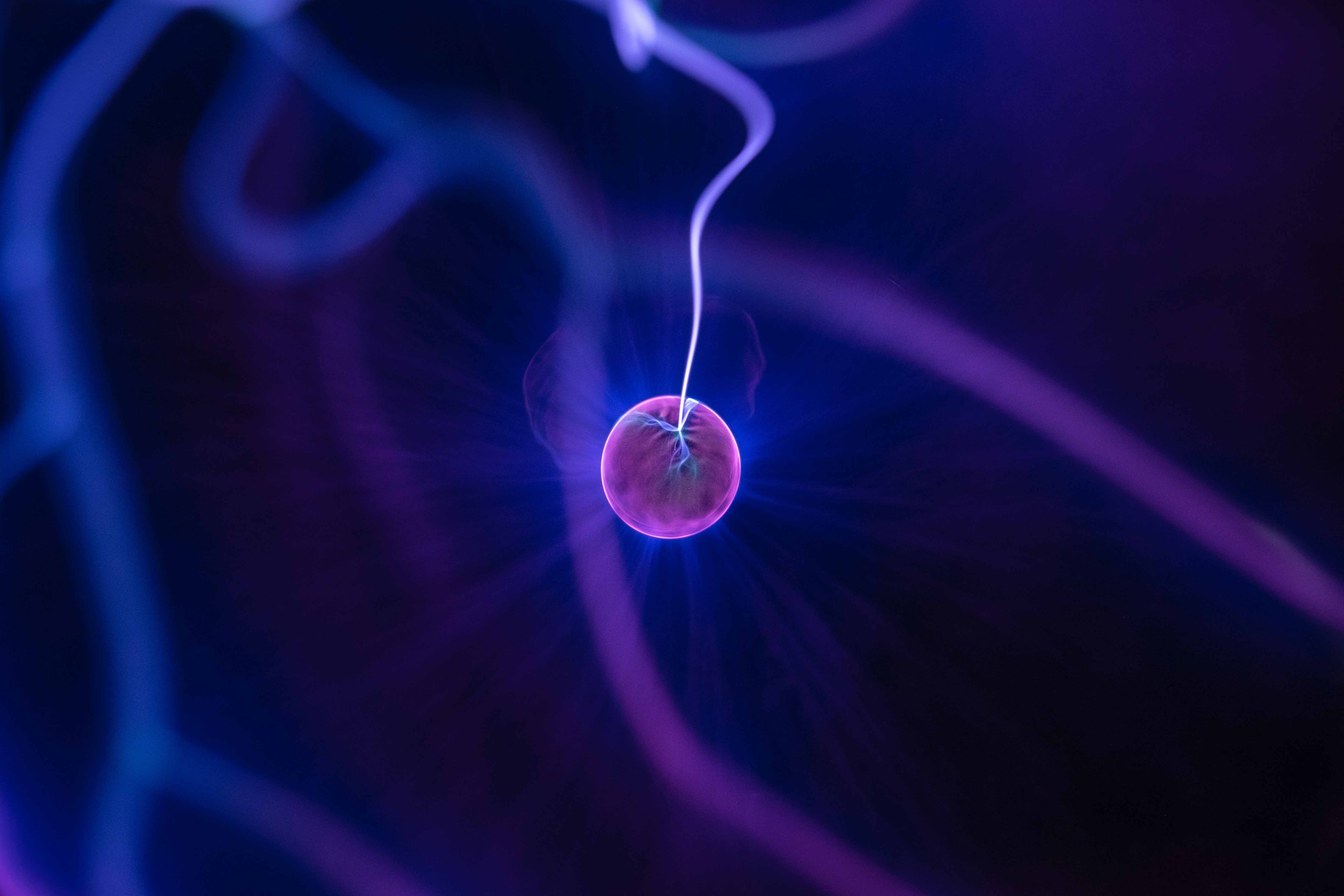
Additional Resources
Qiu Yang uses scientific photography to reveal mechanical stressSilhouette Photography
Sometimes your subject demands the drama of a hard shadow. Using light to both backlight your subject and shadow to obscure their finer details, you can create a silhouette photo. The most important trick to shooting your subject in silhouette is to meter for the light source.
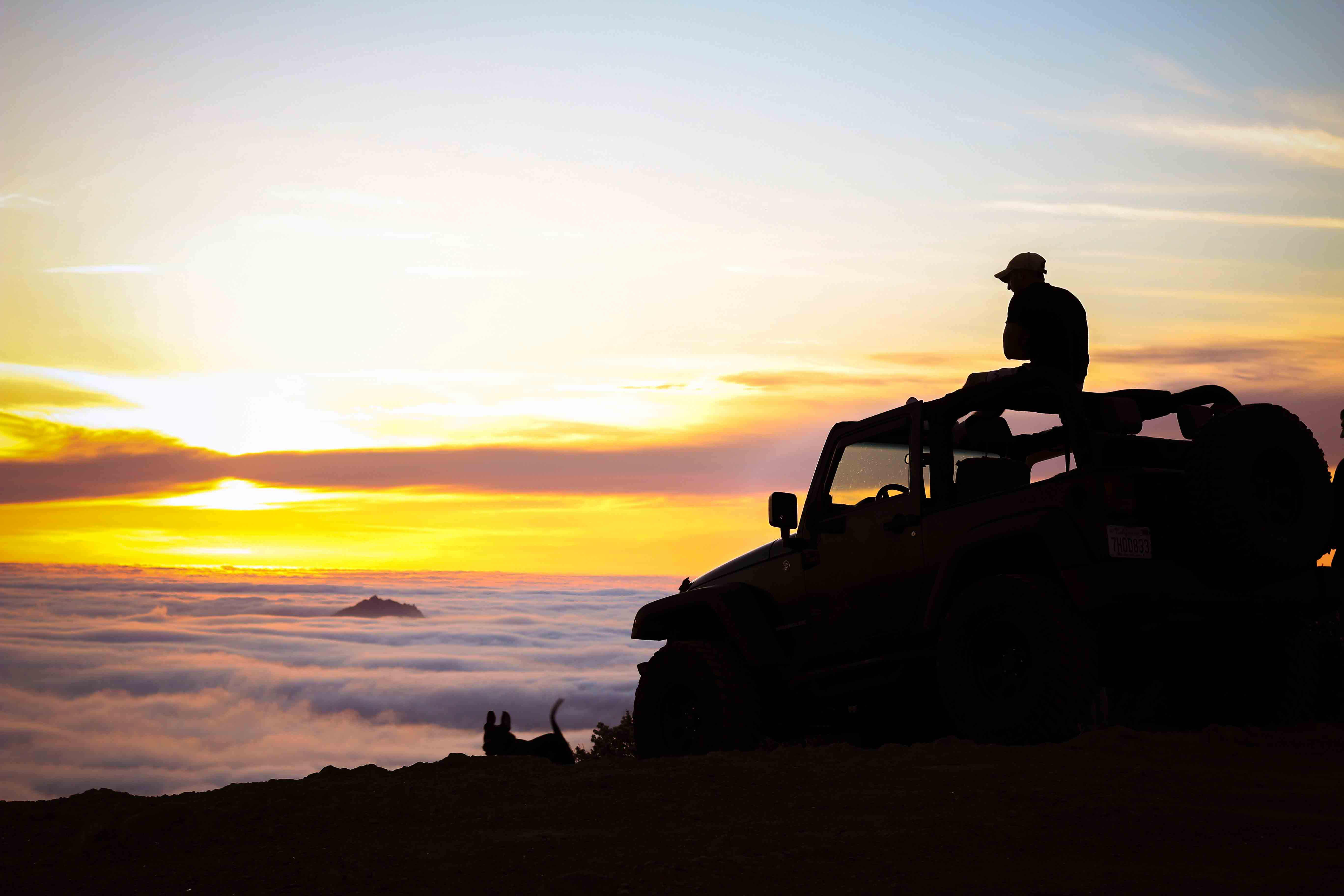
Additional Resources
How To Create Spectacular Silhouette PhotographySlow Speed Photography
To add the dimension of time to your photos, slow shutter speed photography is an ideal technique. Depending on what you’re shooting, it is recommended that your camera be steady, so a tripod is necessary when setting up your shot. You may also prefer to use a remote shutter release when capturing a long exposure and it’s best if the available lighting is overcast or diffused. Your resulting photo should display a consistent blur of the movement of your subject, creating a sense of movement through space and a passge of time in the photo!
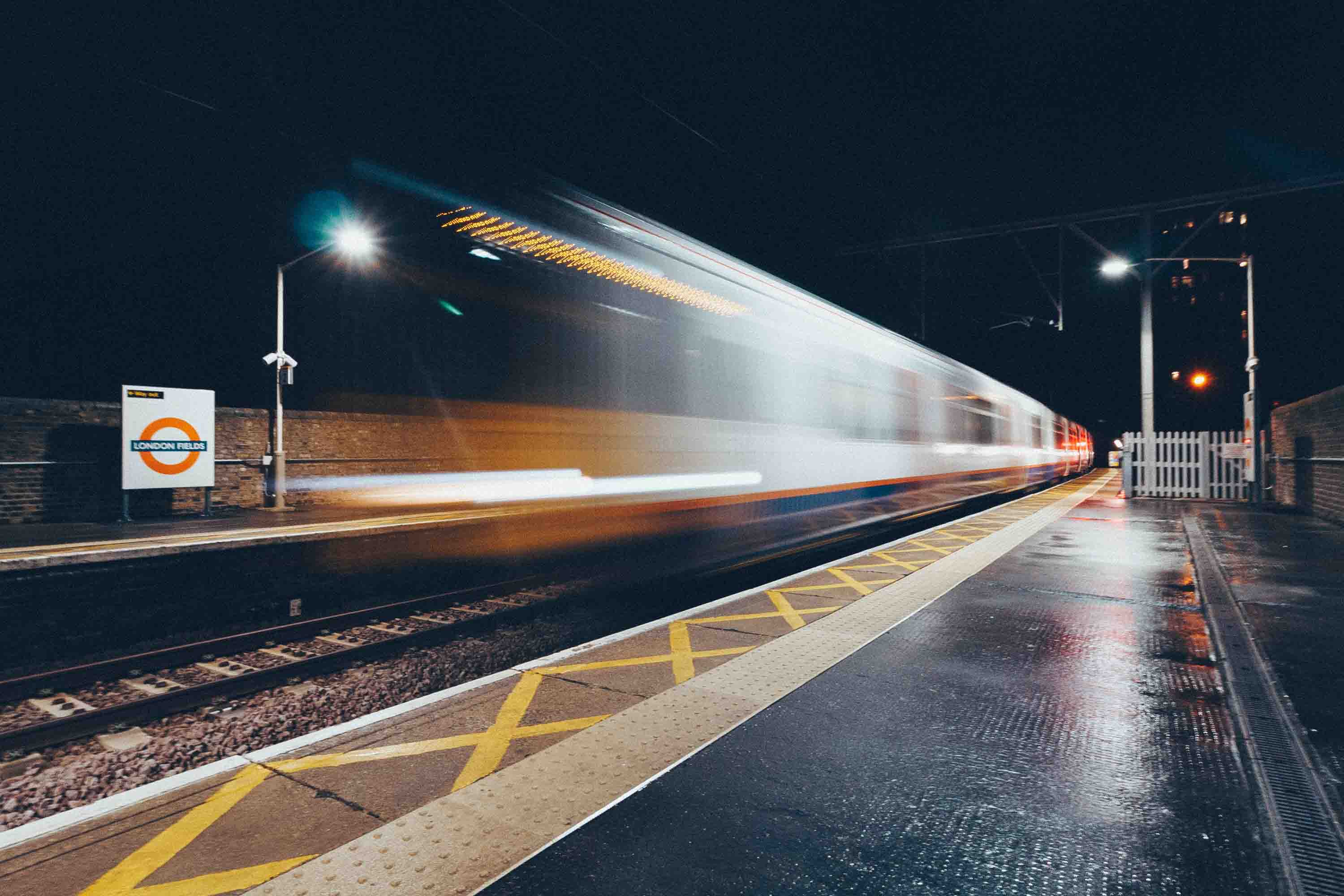
Additional Resources
5 Tips for Slow Shutter Speed PhotographySmartphone Photography
“These days most people have their smartphone on them at all times which is why smartphone photography is so popular.” Artmill.com Marketing Director Nolan Neeley is talking about the greatest benefit of a high quality smartphone camera to a photographer. If you’re on the move and don’t have your regular camera available, knowing the ins and outs of using your smartphone is a lifesaver. Beyond adding clip on lights or lenses, you can find numerous apps to improve your shooting experience, “Depending on your goals you could choose a variety of nifty new smartphone photography tools to add to your arsenal.”

Additional Resources
7 Awesome Smartphone Photography TricksSmoke Photography
Smoke photography poses a challenge, since your subject is prone to immediate dispersal. Pointing a light directly into the smoke can help you set a sharper focus on the subject and create a more successful image. The source of your smoke is the most important, with incense sticks being the popular choice. It’s also recommended that you shoot in RAW in order to maintain the highest possible detail.
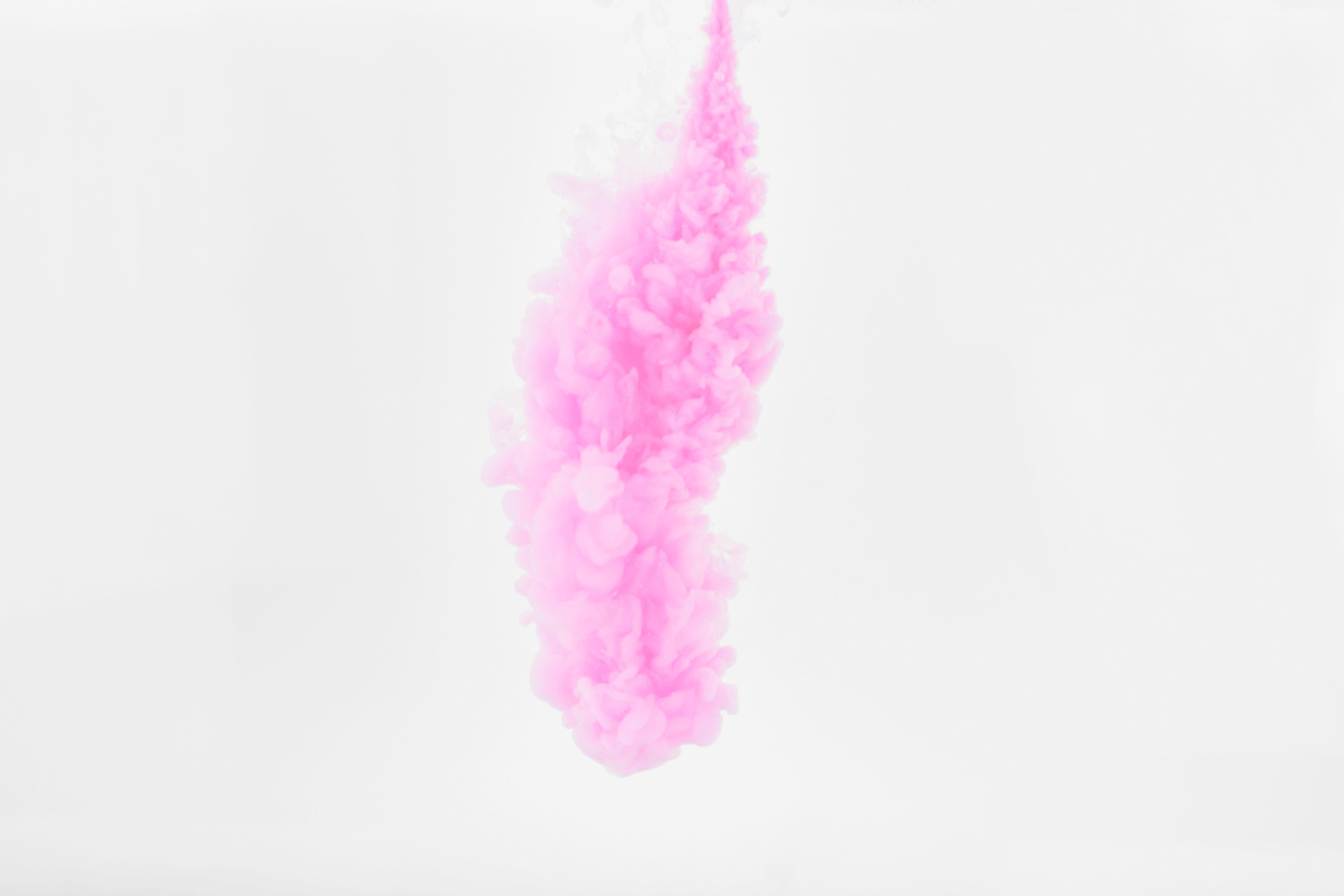
Additional Resources
Capturing The Smoke – Amazing Smoke Photography TutorialSports Photography
If you love capturing the perfect pass, run, or free throw and genuinely know your sports, then consider going into sports photography. And in depth knowledge of your sport of choice is a must so you can anticipate the movements of your subjects. You also need fast equipment to assure the focus and exposure on your active subject leads to the photos you want.
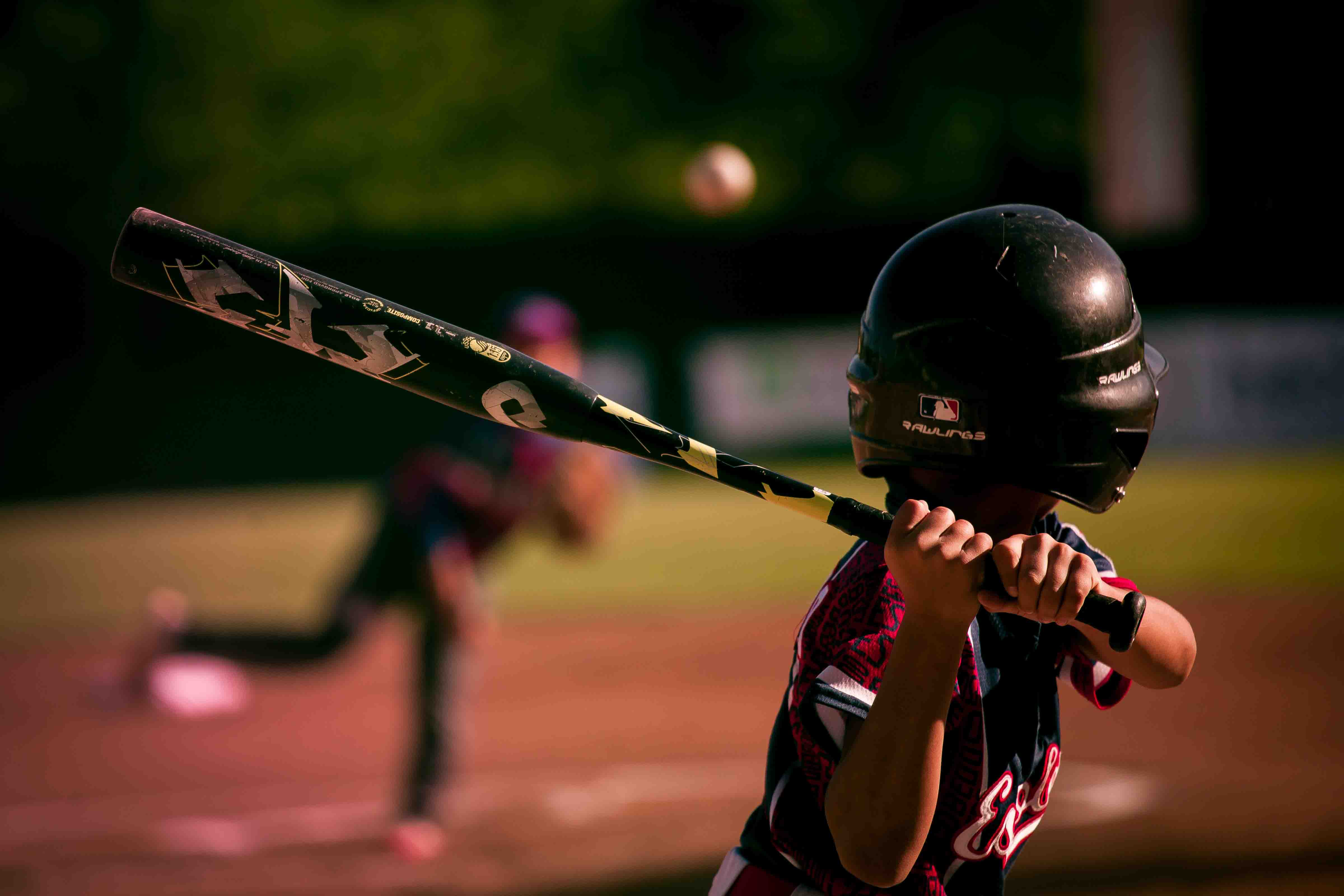
Additional Resources
Advanced Sports Photography TipsSunrise Photography
When your subject is the greatest natural light source, how do you capture the shot without blowing out your image? The overall trick for photographing a sunrise is to set your ISO for low light and to stabilize your camera. Once you scout and settle on your location, make sure you lock your focal point and adjust for the timing of your shot (before, during, or after the sunrise).
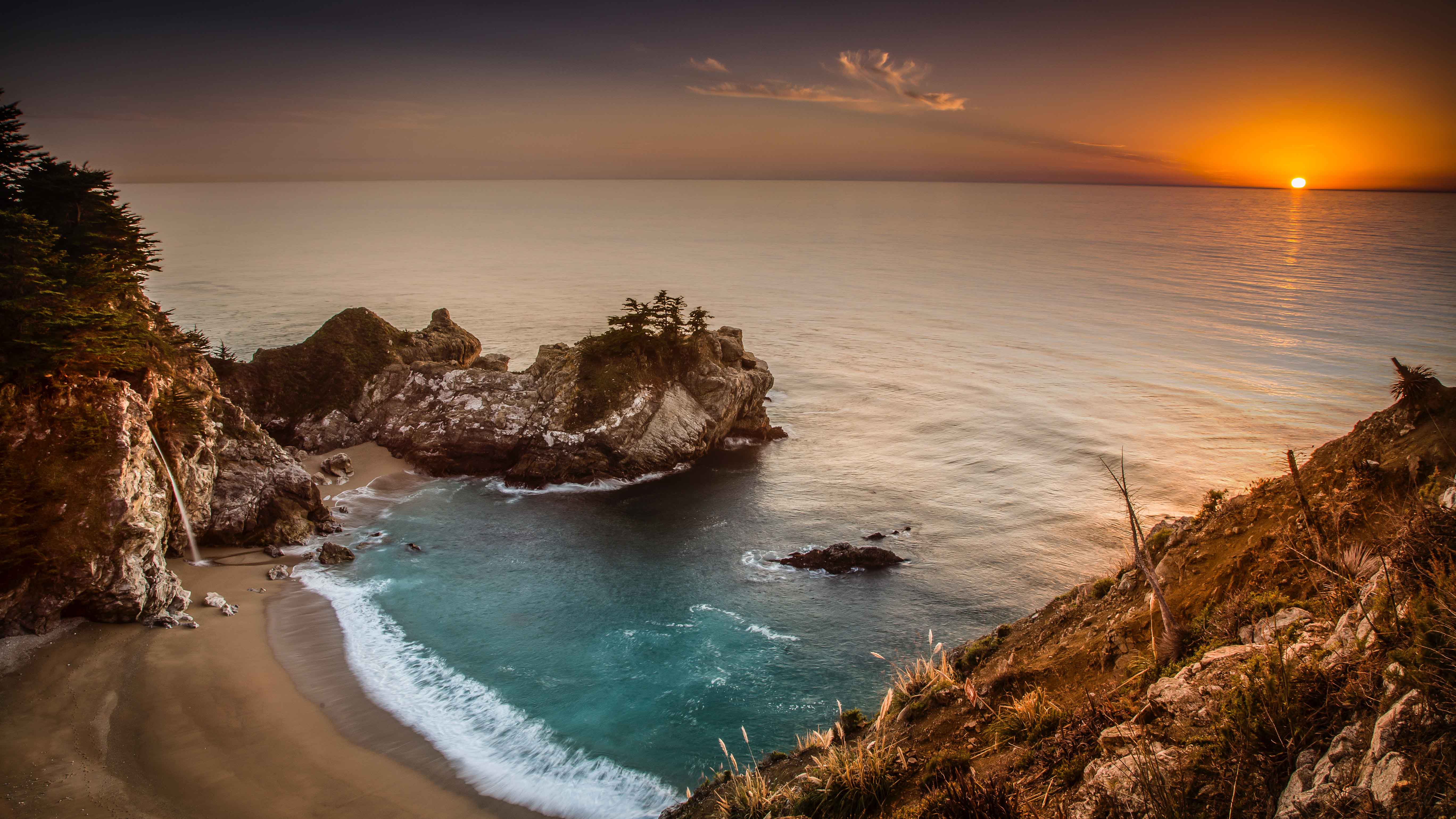
Additional Resources
How to capture stunning sunrise images like a proTilt Shift Photography
Tilt shift photography, also referred to as “miniature faking,” is another technique that changes the perspective of the viewer and creates the illusion of miniaturization. Often using aerial shots, a shallow depth of field is applied to a single point in the photo, which creates the effect that everything in the photograph is much smaller than it appears.
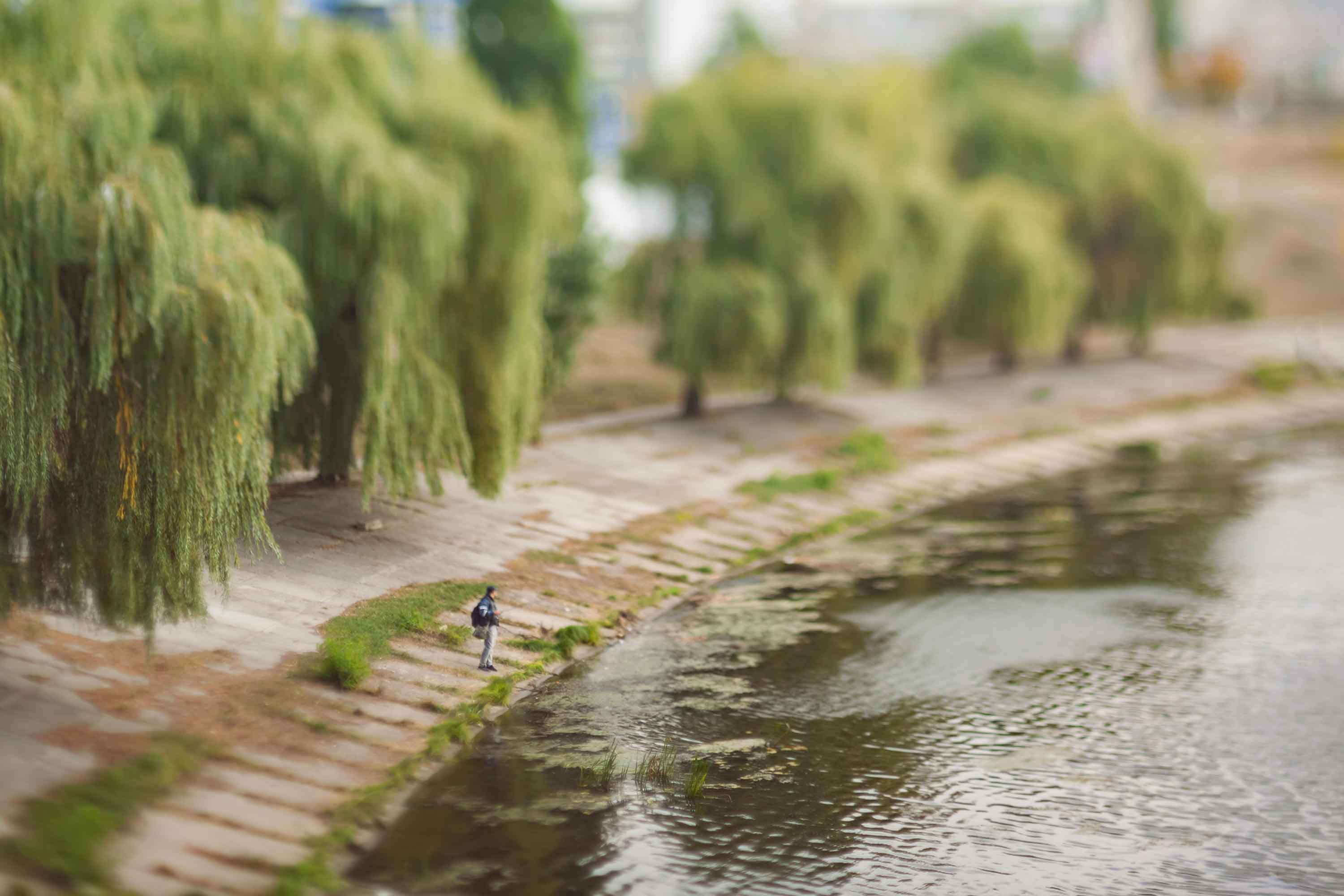
Additional Resources
Stunning Tilt Shift PhotographyTimelapse Photography
Similar in set-up to a long exposure photograph, the style of timelapse photography is meant to show motion blur in order to communicate a passage of time and action. It is just as important to check and pre-set your focus and lighting for this style in order to achieve your desired look. When used to capture video, the camera operator lowers the frame rate to capture a greater amount of action and play it back in a shorter amount of time.
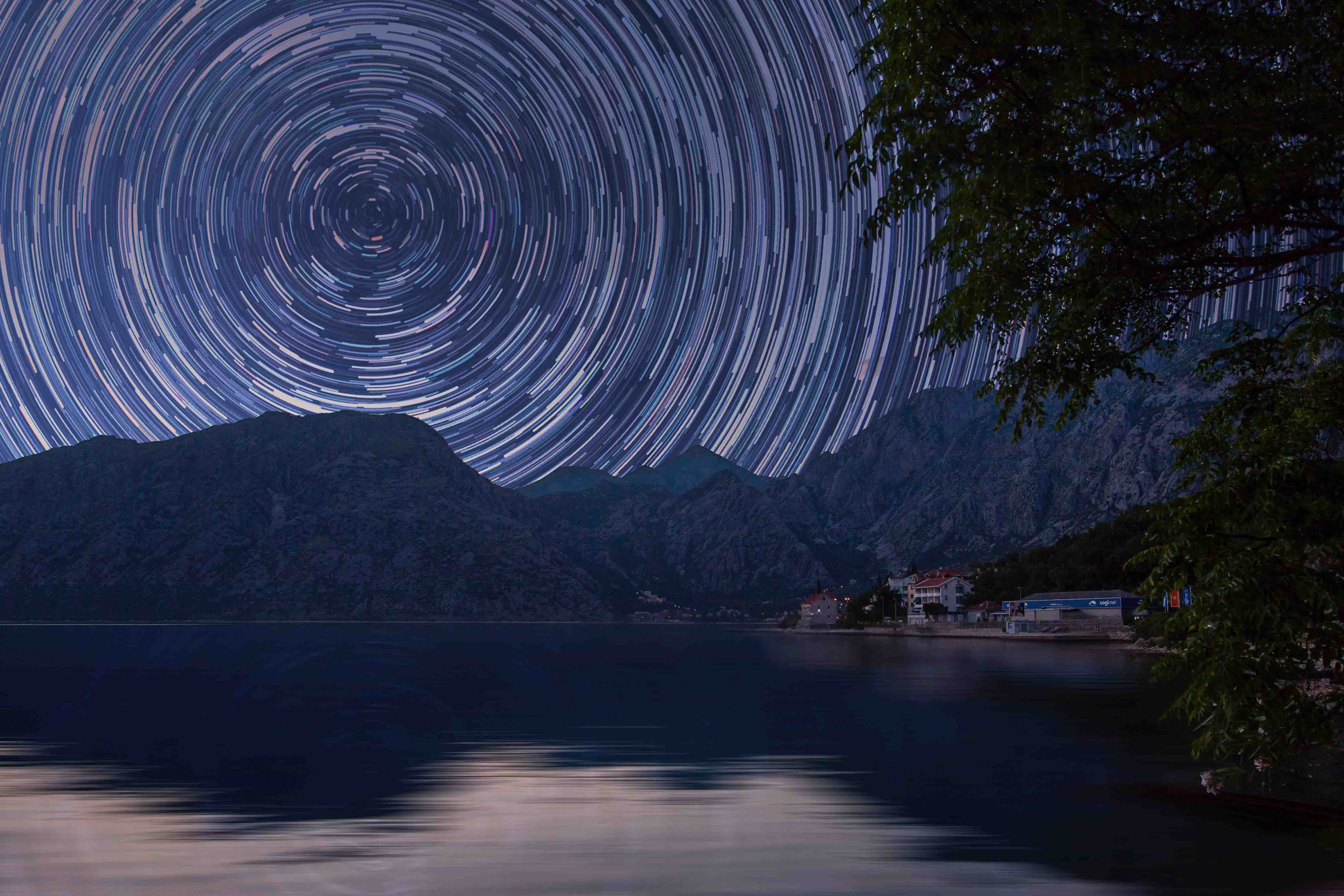
Additional Resources
Timelapse Photography TutorialTravel Photography
The sister style of adventure photography, travel photography can range from mountain clmbing in the Alps to shooting a selfie at a special dinner out in your vacation spot. If you’re serious about capturing the essential elements of your destination consider exploring the location at uncommon times in less traversed spots. Talk to the locals to get a sense of where some good photo opportunities are and try to scope out locations using an online search before your trip.

Additional Resources
17 Useful Travel Photography Tips For Improving Your PhotosUltraviolet Photography
This style of photography captures images that reflect only ultraviolet light from the UV spectrum, which is on the opposite end of the spectrum compared to infrared photos. This is accomplished by using cameras with special sensors and sometimes with the aid of specialty lenses or filters. The resulting photos reveal details that are usually invisible to the human eye, such as markings on flowers or suble discolorations. To shoot UV photos, photographer Craig Burrows recommends putting time into getting the right equipment. “The amount of equipment and patience needed for UVIVF photography isn’t an undertaking to be considered lightly. You can get started with very little, but a lot of what you get out of it is directly tied with what you put in. On top of the technical challenges, attention must be paid to safety since even the long end of UVA light is still potentially harmful to the skin and certainly to the eyes.”

Additional Resources
Ultraviolet Photography Reveals the Unexpected Fluorescence of FlowersUnderwater Photography
Capturing the life and beauty of the underwater world feels like a rare and privledged art form, but while underwater photography requires special equipment and a lot of dedicated time, it’s not beyong learning. Besides having a regular array of lighting and lenses, you’ll need to have housing and o-rings in order to keep your equipment safe and watertight.

Additional Resources
Breathtaking Underwater Scenes off the Coast of South AfricaVehicle Photography
Car photography is a popular style that can be shot for fun or professionally. Besides setting your shutter speed at the recommended 1/100th of a second for driving shots, it is also recommended that you shoot to avoid reflections and instead of shooting in bright mid-day light, try to get static photos right before sunrise or right after sunset. While the car is your subject, remember to consider how your environment frames it and adds interest to your overall shot.

Additional Resources
Top 10 Best Vehicle Photographers in the WorldWater Drop Photography
Branching off from macro photography and meshing with high speed photography, water drop photography is a very niche style with the very specific subject of capturing water in mid-movement. There is a lot of equipment that goes into properly lighting, framing, and timing the shot of a water droplet. Equipment can include external flash, camera timers, droppers, trays, and any additional lighting, though some sources also recommend additives to the liquid like sugar or guar gum.
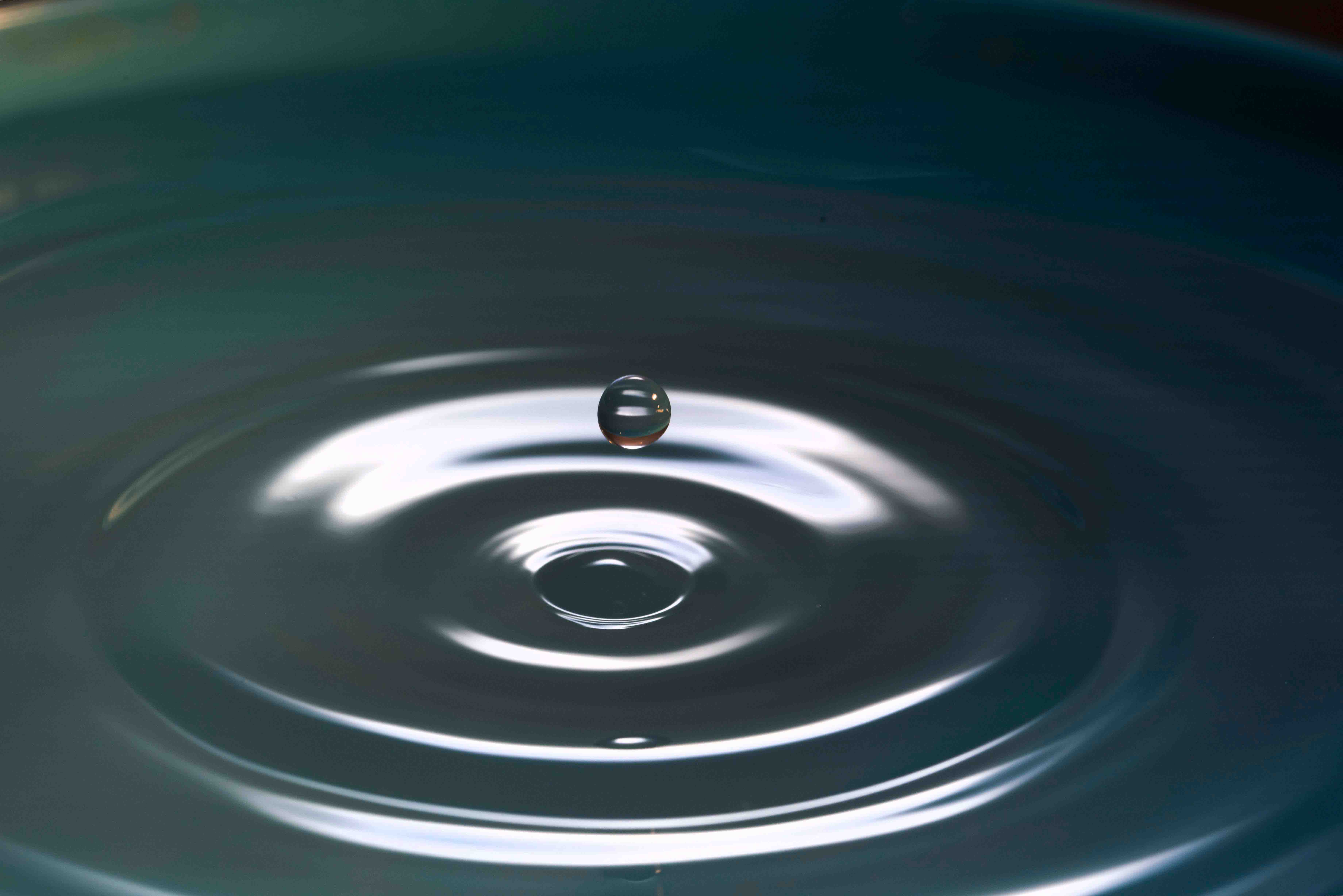
Additional Resources
Beginner’s Guide to Water Droplet PhotographyWedding Photography
Capturing the memories leading up to and on your special day is essential which is why it’s important to find a professional for your engagement and wedding photography. Beyond preparations for lighting and lenses for a long day, wedding photography requires you to be a people person. “It’s very much about taking great photos, but it’s mostly about the client having a great experience. It’s really about connecting with people,” explains Jason Brown of J. Brown Photography in Chicago. “I arrive well before the ceremony to tell the story of the day. Introduce yourself and try to connect with everyone early in the day. When you’re working with them later, it makes it easier.”
To photographers looking to break into wedding photography, Jason advises, “I always recommend second shooting or shadowing. There’s not as much pressure, you can see how you like working with the client, and you can start building your work. Also, just to see if you enjoy shooting weddings!”

Additional Resources
5 Wedding Photography Tips You Need To Know Before Shooting Your First WeddingWildlife Photography
Capturing high quality images in the wilderness requires an infinite amount of patience with a quick draw sensibility that allows you to sense the ideal moment when the conditions align and and your subject is acting out an interesting behavior in the perfect light. Having the right equipment can help too. “Each subject requires different camera settings, lens, light requirements, and possible camouflage. I avoid using flash at all times. To capture hummingbirds, warblers, and predators like wolves or bears you want a 600mm lens to get a full frame image. Landscapes require a wide angle. The goal is to capture both.” Wildlife photography expert Jerry Goldner retains that personal fortitude in addition to flexibility in your equipment and temperament are necessity to being able to photograph wildlife. “You must invest in quality gear, have patience, hand-eye coordination, and love fresh air. You may experience twenty below zero temperatures for bald eagles and snowy owls on Lake Michigan to one hundred plus degree & humid weather for summer insect shoots.”

Additional Resources
How to Photograph Animals on SafariZoom Blur Photography
Typically, a photograph displaying the “zoom blur” effect was shot using a manual zoom lens while the camera is in motion either on a vertical, horizontal, or z-axis plane. Professional photographer Dutch says this about his technique, “My images are created with blur or motion by manually moving the zoom lens through its range, by moving the camera from side to side, up and down, or twisting it like a wheel, or combinations of all of the above. I will also attach the camera to a car door or rooftop and drive slowly using a remote shutter release.”
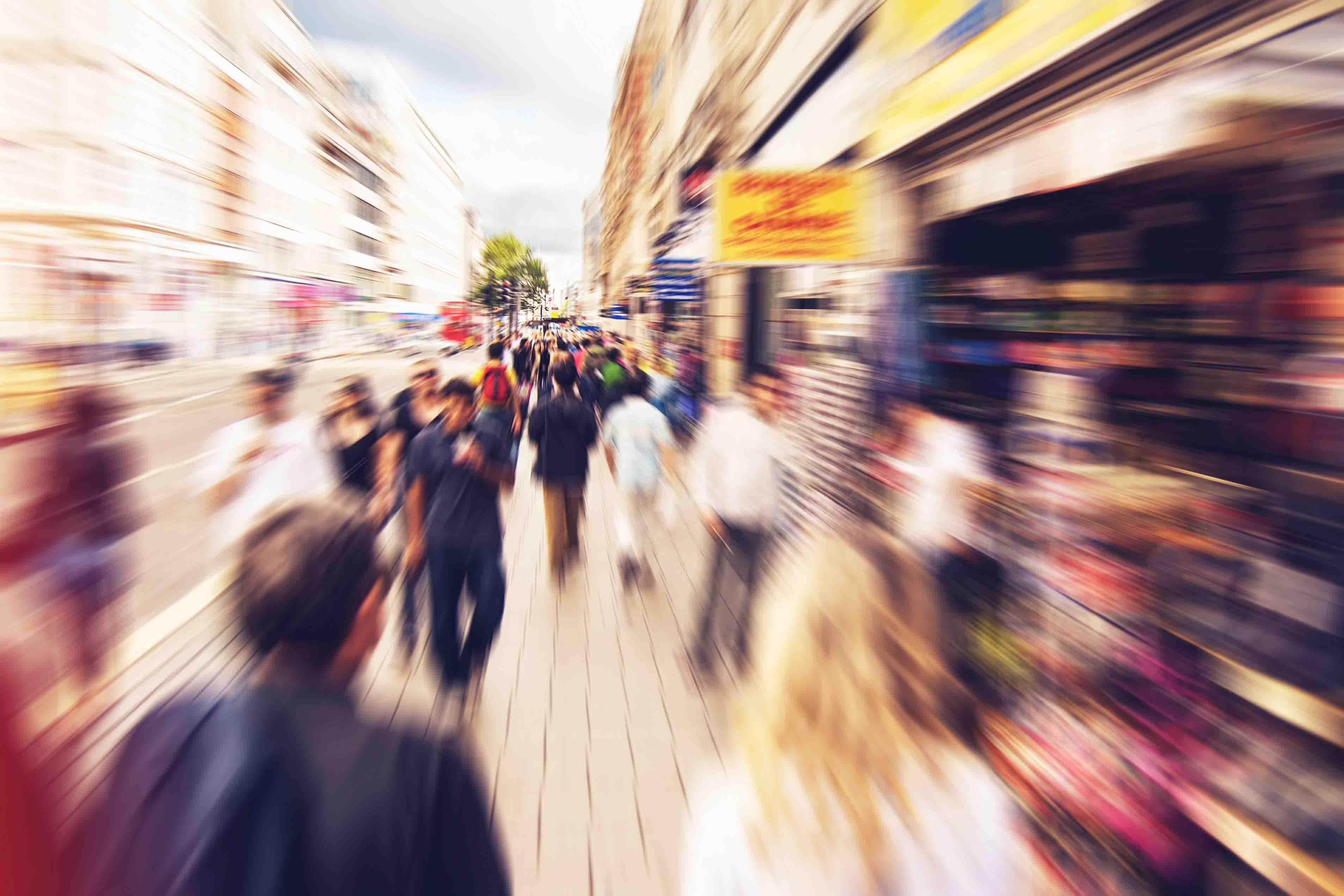
Additional Resources
How to Take Photos with the Zoom Blur Effect [Includes Printable Cheat Sheet].jumbotron { background-image: url("https://artmill.blob.core.windows.net/cms/image/cbe6fe78e3784a38be9f6f9b3633cdaa/artmill-65-types-of-photography-with-examples-and-tutorials_1.jpg"); border-radius: 0.5em; } .jumbotron h1.display-3 { color: white; font-size: 2.5em; } .jumbotron p { color: white; } .jumbotron .lead .btn-primary { color: #fff; background-color: #0098cf; border-color: #0098cf; border-radius: 0.5em; } .dropdown button { width: 100%; background: #0098cf; color: white; font-weight: 300; border: none; border-radius: 0.5em; height: 3em; } .twbs h3 { font-size:16px; } .twbs .fa-bookmark, .fa-camera, .fa-caret-square-o-up { margin-right: .5em; } .twbs .photo-credit span { margin-left: .5em; } .twbs .photography-style-section { border-bottom: 1px solid #eaedf0; padding: 1em 0 3em 0; } .twbs .back-to-top { text-align: center; margin-top: 2em; float: right; } .additional-resources { float: left; } .twbs h2 { margin-bottom: 1em; } .twbs .col-md-4 { margin-top: 2em; } .twbs .img-responsive { border-radius: 0.5em; }
